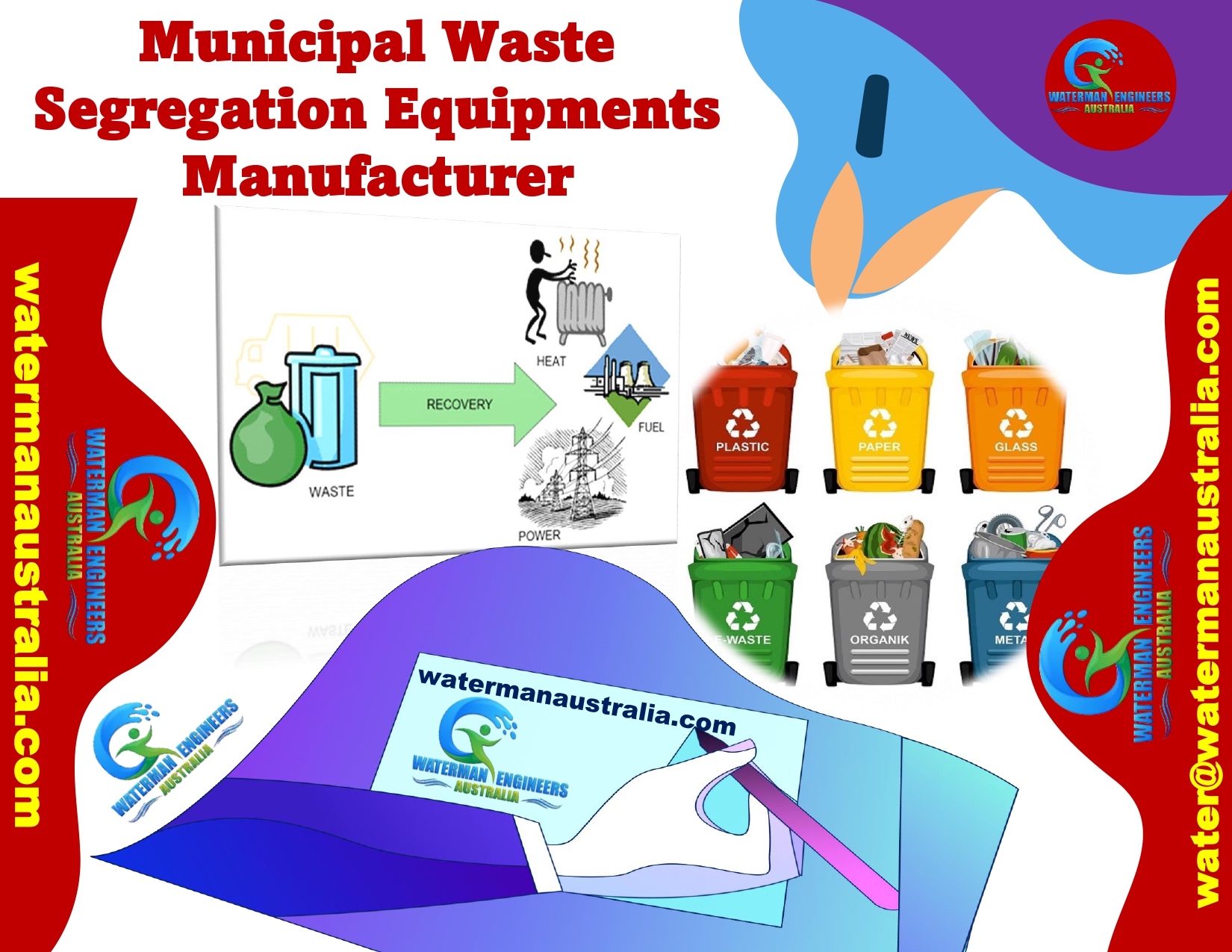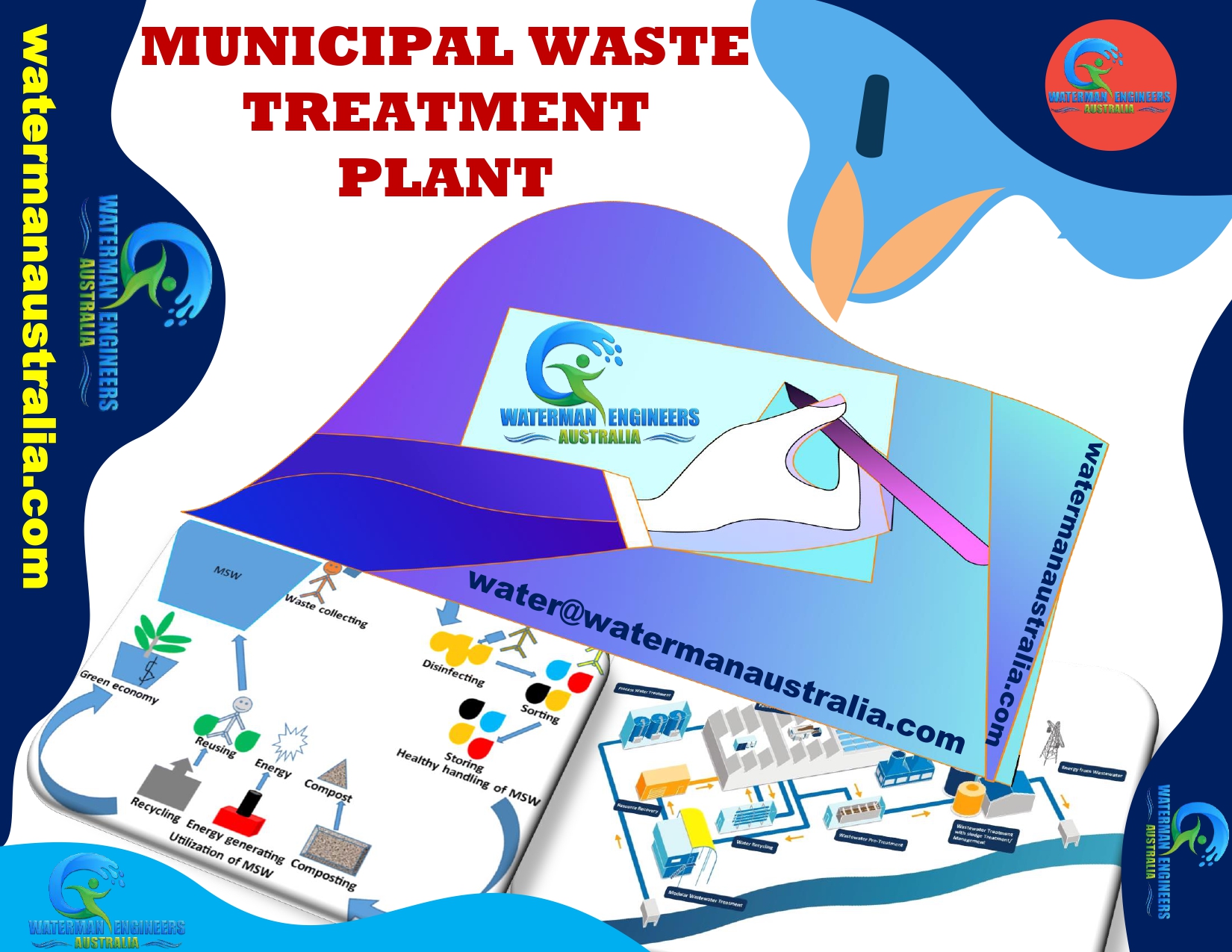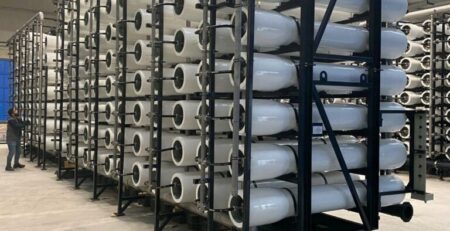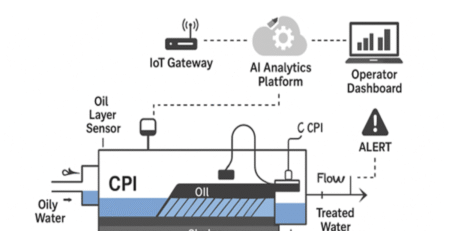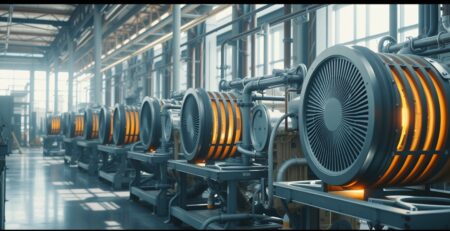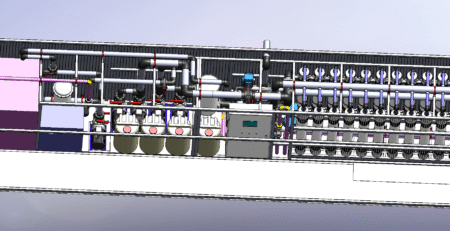Municipal Waste Treatment Plant
Introduction:
Municipal Waste Treatment Plants (MWTPs) play a pivotal role in managing and treating the ever-increasing volume of waste generated by urban populations. As cities grow and industrial activities expand, the need for efficient waste management becomes increasingly critical. MWTPs are designed to handle various types of waste, ranging from household garbage to industrial and commercial waste. This comprehensive approach is essential to safeguarding public health, protecting the environment, and promoting sustainable living. We will delve into the key aspects of Municipal Waste Treatment Plants, exploring their functions, technologies, challenges, and the importance of integrating environmentally friendly practices into waste management.

Functions of Municipal Waste Treatment Plants
Municipal Waste Treatment Plants are complex buildings that do many things to effectively handle and process waste. These are the main functions:
- Getting waste from different places and transporting it is the first step in managing trash. This can include waste from homes, businesses, and factories. Waste collection vehicles pick up the trash and take it to the treatment plant.

- Upon arrival at the treatment facility, the waste is subjected to a process of sorting and separation. This stage entails the separation of several waste categories, including recyclables, organic waste, and non-recyclables. For effective separation, sophisticated technologies are utilized, including automated sorting systems and manual labour.
- Following the sorting process, the waste is treated and processed. This may encompass mechanical operations for recycling, biological treatment for organic waste, and incineration for specific waste categories. Reducing the amount of waste sent to landfills while simultaneously collecting valuable materials for recycling purposes is the objective.
- Certain MWTPs integrate energy recovery mechanisms, including systems that convert waste to energy (WTE). These technologies facilitate the conversion of non-recyclable waste into usable energy, thereby contributing to the generation of renewable energy and decreasing reliance on fossil fuels.
- There are leftover materials that remain unsuitable for recycling or alternative processing methods, despite the primary goal of reducing landfill disposal. These items are disposed of in landfills that are specifically intended to mitigate their environmental impact.
Technologies Used in Municipal Waste Treatment Plants
Municipal Waste Treatment Plant efficiency and effectiveness are contingent on the technologies implemented at different phases of waste treatment. Multiple technologies play a significant role in MWTPs operating efficiently:
Automated Sorting Systems
Contemporary MWTPs employ automated sorting systems that separate various types of waste via sensors, conveyor belts, and robotics. This increasing the quantity of material that can be recycled not only improves efficiency but also the precision of sorting.
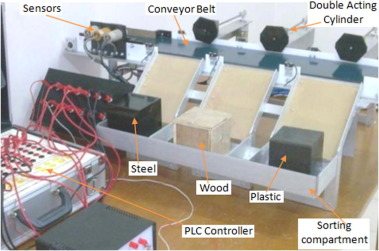
Biological Treatment
Biological treatment is the process of decomposing organic waste using microorganisms. Anaerobic digestion and composting are prevalent biological treatment techniques. Organic waste is converted to nutrient-rich compost through composting, whilst biogas that can be used to generate electricity is produced through anaerobic digestion.
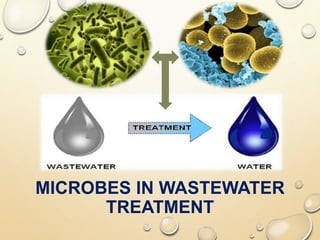
Incineration
As part of the thermal treatment process of incineration, waste is burned at extremely high temperatures. In addition to diminishing the quantity of waste, this process produces thermal energy. Pollution control methods are integrated into advanced incineration technologies in order to reduce emissions and mitigate environmental damage.
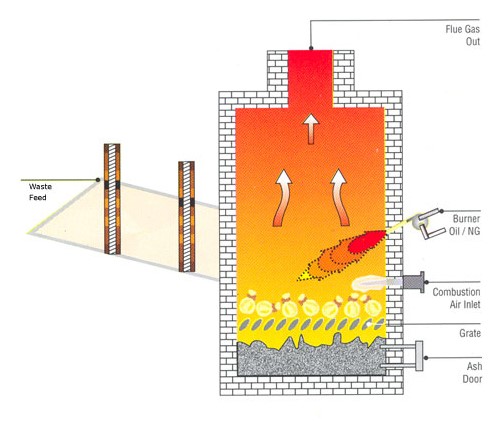
Waste-to-Energy (WTE)
WTE technologies utilise non-recyclable waste to generate electrical energy. Energy production or heat generation may involve incineration, gasification, pyrolysis, or other similar processes. In addition to promoting sustainable energy generation, WTE decreases dependence on conventional fossil fuels.
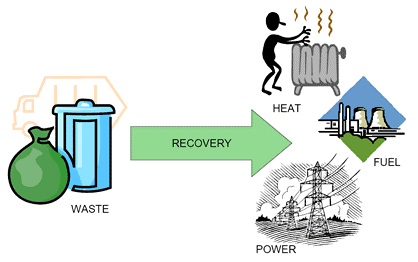
Recycling Technologies
A wide range of recycling processes are utilized in order to recycle recyclable materials, including but not limited to paper, glass, plastics, and metals. Remanufacturing, melting, and shredding are examples of these technologies in action, which convert waste into new products.

Challenges in Municipal Waste Treatment
Despite the critical function that municipal waste treatment plants perform in waste management, they encounter a number of obstacles that have an effect on their sustainability and efficiency. Several significant issues are as follows:
- Increased industrial operations and the exponential expansion of urban populations both lead to a substantial surge in waste production. Maintaining capacity for increased waste volumes necessitates ongoing renovations and expansions at MWTPs.
- Recyclables contamination is an ongoing concern in the field of waste management. Public improper disposal practices, such as the commingling of recyclable and non-recyclable waste, impede the efficiency of recycling procedures and diminish the quality of materials that are recycled.
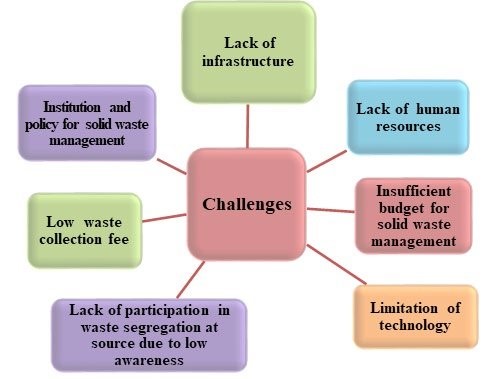
- Due to financial limitations and insufficient infrastructure, the implementation of innovative waste management technology is a difficult task for most communities. The adoption of contemporary, eco-friendly technologies necessitates significant financial commitments, and certain geographical areas could encounter difficulties in keeping pace with technological progress.
- The effectiveness of waste management projects is contingent upon the level of public consciousness and engagement. Wastewater treatment plants (MWTPs) may be hampered by a lack of public understanding regarding the significance of recycling and appropriate waste disposal methods. Education initiatives play a crucial role in fostering conscientious waste disposal.
- Notwithstanding progress in pollution control techniques, certain waste treatment procedures may continue to generate environmental repercussions. Byproducts of incineration, for instance, may be released into the atmosphere, necessitating strong emission controls to prevent environmental damage.
Importance of Environmentally Friendly Practices in Waste Management
There has been an increasing focus in recent years on the integration of ecologically sustainable practices into strategies for waste management. The purpose of these practices is to foster sustainability and reduce the environmental impact of waste treatment operations. The following are essential environmentally beneficial practices:
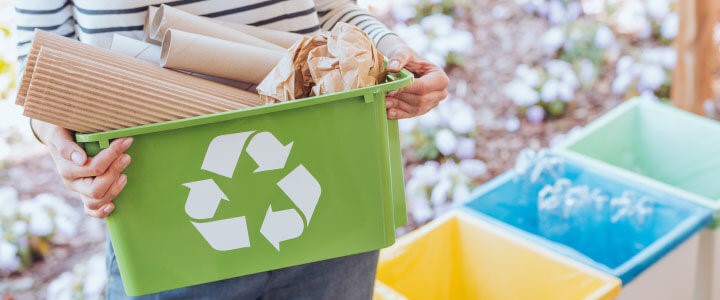
- Effective waste management requires that both households and businesses promote source separation. The segregation of waste materials by individuals into recyclables, organic waste, and non-recyclables improves the quality of materials for recycling and speeds the sorting process at MWTPs.
- Promoting the use of recycled materials and designing goods with recycling in consideration are components of a circular economy strategy. With the objective of reducing waste production and optimising the reutilization and recycling of materials at every stage of their life cycle.
- Efforts to achieve zero waste establish lofty objectives for the reduction of waste disposed of in landfills. This requires an all-encompassing strategy that consists of waste reduction at its source, recycling promotion, and the investigation of novel waste reduction methods.

- Active community participation via education initiatives and awareness campaigns is critical for generating support for waste management strategies that are favourable to the environment. Active community engagement in waste reduction initiatives substantially enhances the effectiveness of MWTPs.
- A more environmentally friendly and sustainable strategy is achieved by incorporating renewable energy production into waste treatment operations, such as by utilising WTE technologies. It serves to mitigate the treatment plant’s energy requirements and diminish reliance on non-renewable energy resources.
Successful Municipal Waste Treatment Initiatives
Numerous urban areas across the globe have effectively executed municipal waste treatment programmes, thereby demonstrating the efficacy of ecologically sustainable approaches. The cities of Copenhagen, Denmark, and San Francisco, USA, are two famous case studies.
San Francisco, USA
San Francisco has continuously achieved high rankings in recycling and composting rates, positioning it as a leading city in the United States and a pioneer in waste management strategies. In 2009, the municipality enforced a compulsory composting initiative, which demanded that both homeowners and businesses segregate organic waste in preparation for composting. This approach reduced the quantity of organic waste sent to landfills by a substantial amount.
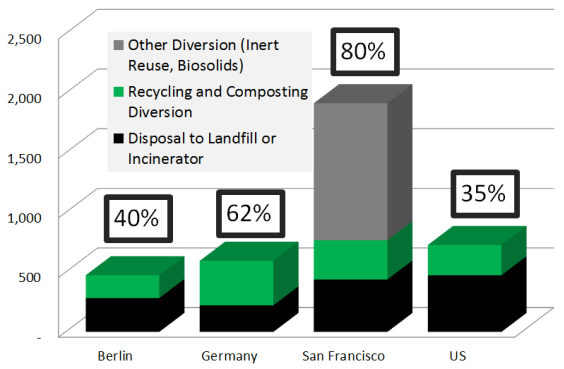
Moreover, San Francisco has embraced the objective of attaining zero waste by 2020, specifying that it would divert every centimetre of its waste materials from landfills. By means of comprehensive public awareness initiatives, resilient recycling schemes, and the endorsement of reusable merchandise, the municipality achieved significant strides in its pursuit of zero waste. The significance of community involvement and aggressive municipal policy in attaining sustainable waste management is underscored by the success of San Francisco.
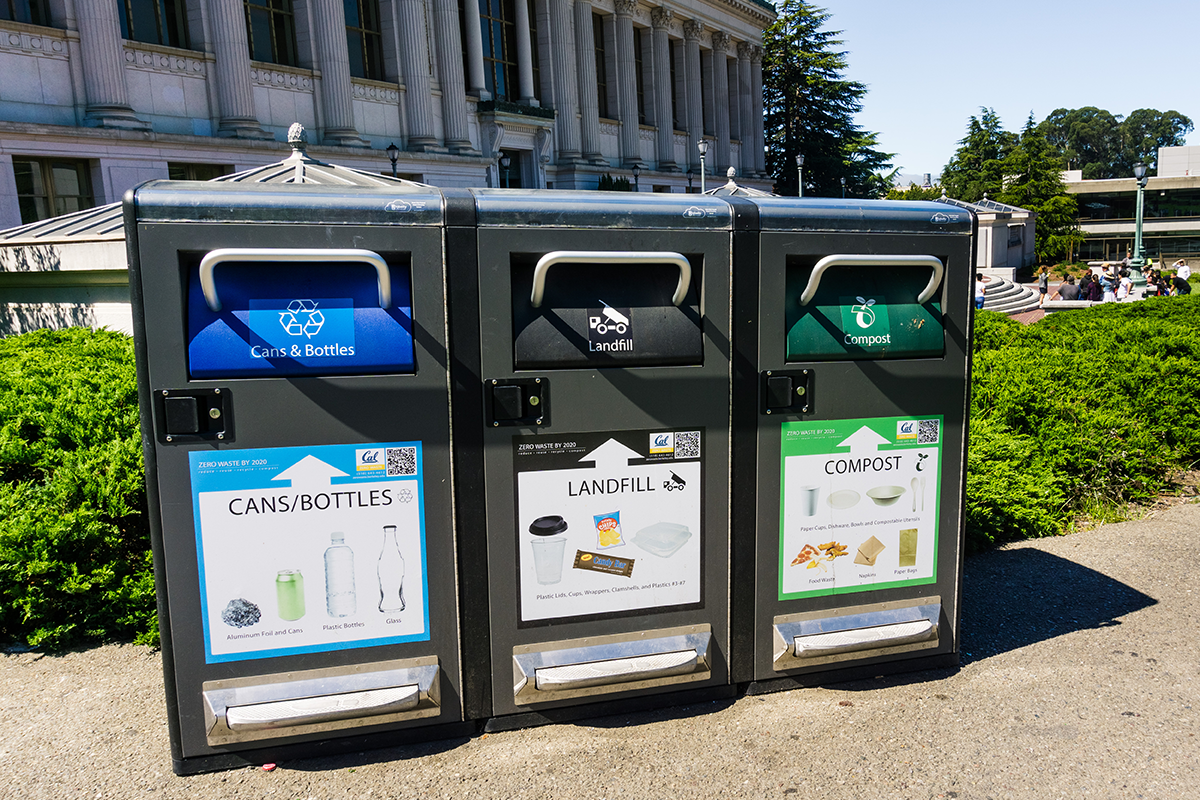
Copenhagen, Denmark
The Danish capital, Copenhagen, is widely recognised for its dedication to eco-friendly practices and sustainable development. Additionally, these cutting-edge waste-to-energy plants provide heat for the city’s district heating system while treating non-recyclable waste. This district heating system reduces Copenhagen’s dependence on fossil fuels for heating by supplying energy to a significant section of the city’s residential and commercial areas.
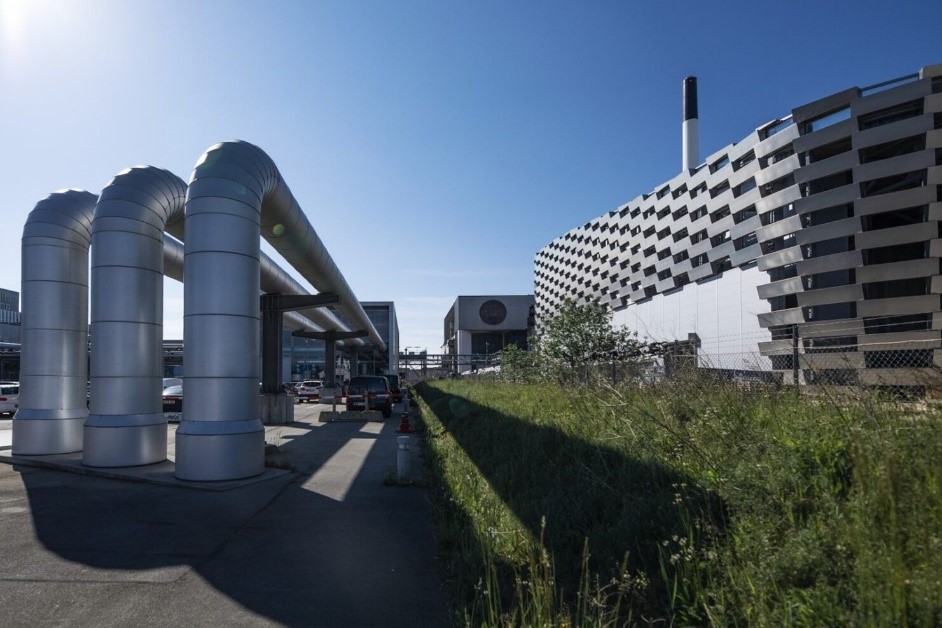
The primary objective of Copenhagen’s waste management policy is to minimise landfill disposal while maximising resource recovery and energy production. The efficacy of the municipality is attributed to its integrated waste management strategy, which integrates cutting-edge technologies, citizen participation, and a dedication to ecological sustainability.
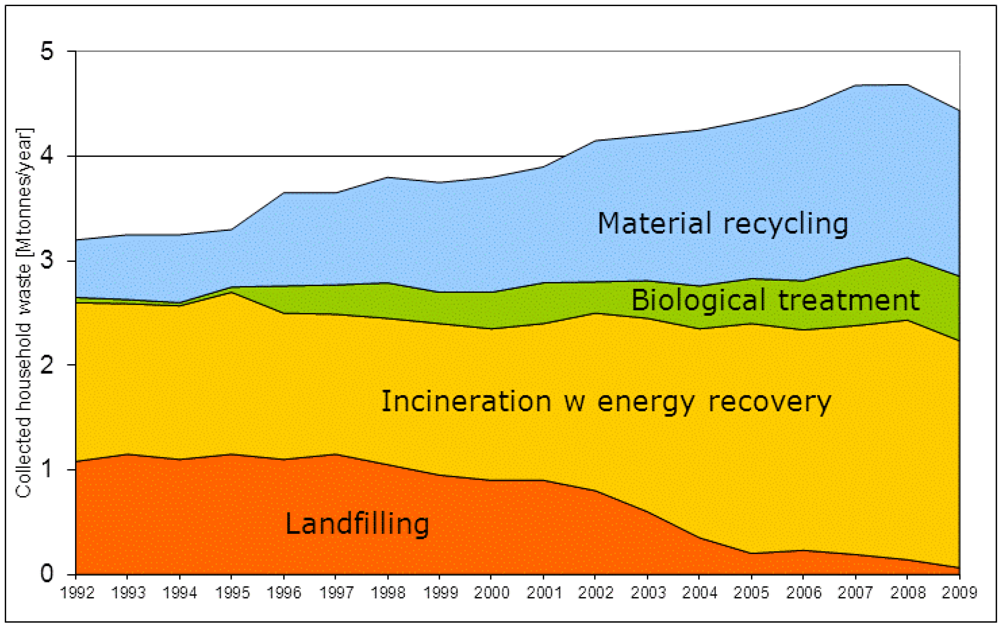
Municipal waste treatment plants are of utmost importance in mitigating the difficulties presented by the continuously growing quantity of waste produced in urban regions. It is impossible to exaggerate the significance of implementing ecologically friendly and efficient waste management methods as cities continue to expand. MWTPs can make substantial contributions to environmental preservation, energy recovery, and community welfare through the implementation of sustainable practices, the use of cutting-edge technologies, and the promotion of public awareness.
Amidst worldwide environmental complexities, Municipal Waste Treatment Plants exemplify conscientious waste management by showcasing the potential for concrete and favourable results through the integration of innovative policies, technological advancements, and community participation. The trajectory of waste treatment techniques in the coming years is anticipated to be influenced by technological progress, increased awareness of environmental consequences, and a shared dedication to constructing a more resilient and sustainable global community.
1. Collection of household waste
Household waste collection is an essential component of both urban and suburban existence, playing a critical role in preserving the environment, promoting public health, and ensuring the general welfare of communities. The concurrent growth of populations has resulted in a corresponding escalation in the quantity of household waste produced, which has underscored the need for streamlined and methodical waste collection procedures. An in-depth examination of the multifaceted nature of home waste collection will be undertaken, encompassing the tactics utilized, obstacles encountered, and the criticality of embracing sustainable waste management techniques.
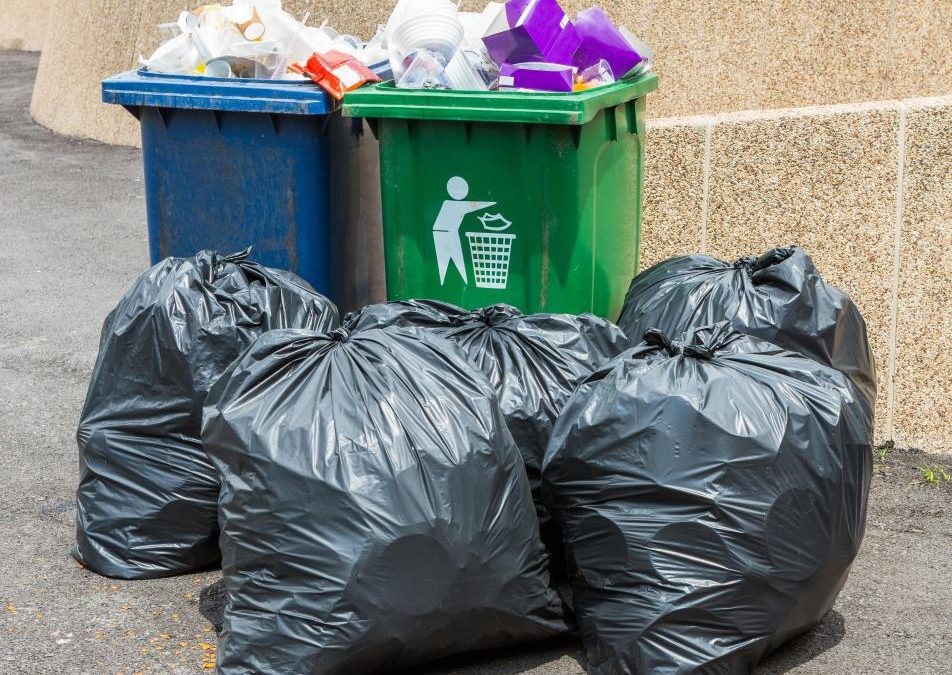
Strategies for Household Waste Collection
A variety of initiatives meant to speed the process, limit environmental impact, and promote responsible waste disposal are required for effective home waste collection. A multitude of strategies are employed by municipalities and waste management organizations in order to guarantee the effective collection of domestic waste.
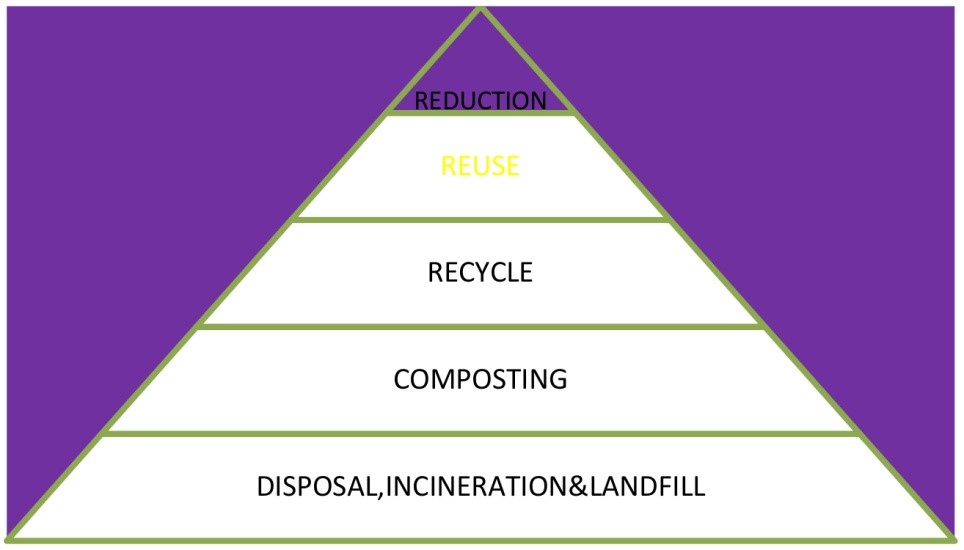
Some key strategies include.
Curbside collection is a prevalent method utilized for the disposal of household waste. On certain days, waste collection vehicles, which are outfitted with compartments for various types of waste, make their way through residential communities. For collection, residents are required to drop their waste cans or bags at the curbside.
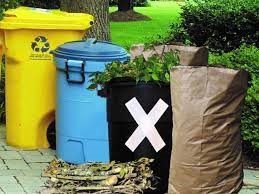
Standardized waste containers are widely employed as a method of collecting domestic waste. The houses are provided with containers, such as wheeled carts or bins, which are utilized to collect several categories of waste, including non-recyclables, organic waste, and recyclables. The operation of waste sorting and transportation is facilitated by containerization.
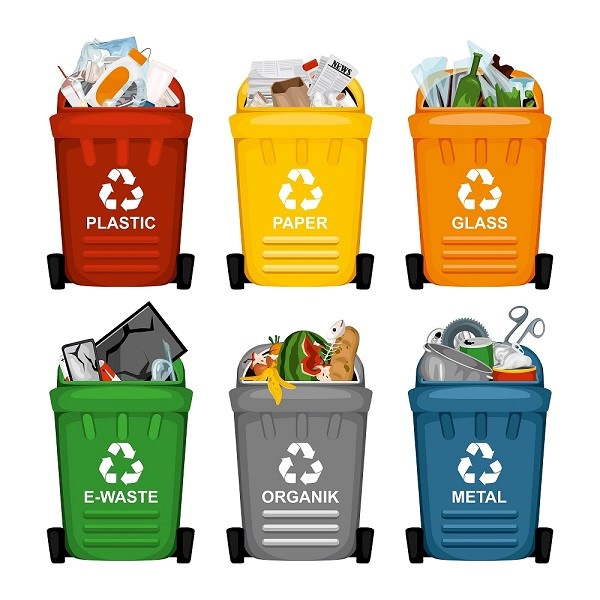
Separation at the point of generation entails the practice of inhabitants dividing their waste into discrete groups. Implementing this approach results in improved recyclable quality, decreased contamination, and streamlined waste processing at treatment plants. Frequently, communities advocate for source separation via educational initiatives.
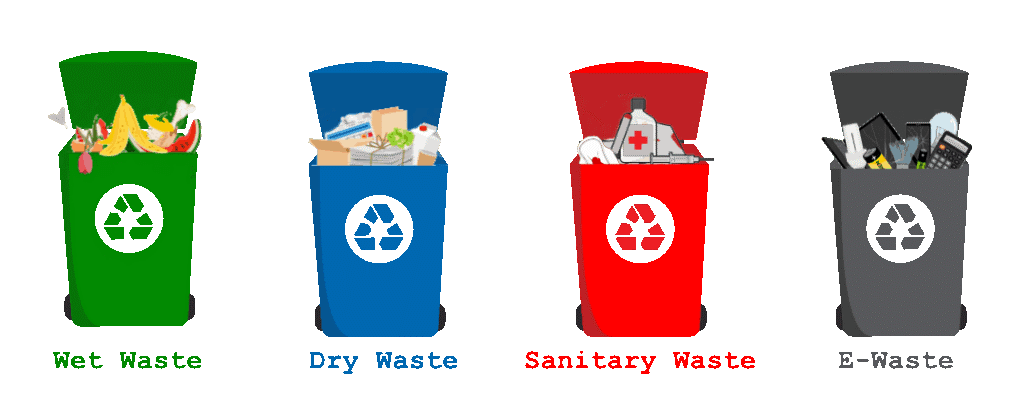
By implementing a consistent waste collection schedule, it guarantees that families are cognizant of the specified days for collection. The maintenance of this predictability promotes adherence to the timetable among inhabitants and deters waste accumulation, so fostering a living environment that is both cleaner and healthier.
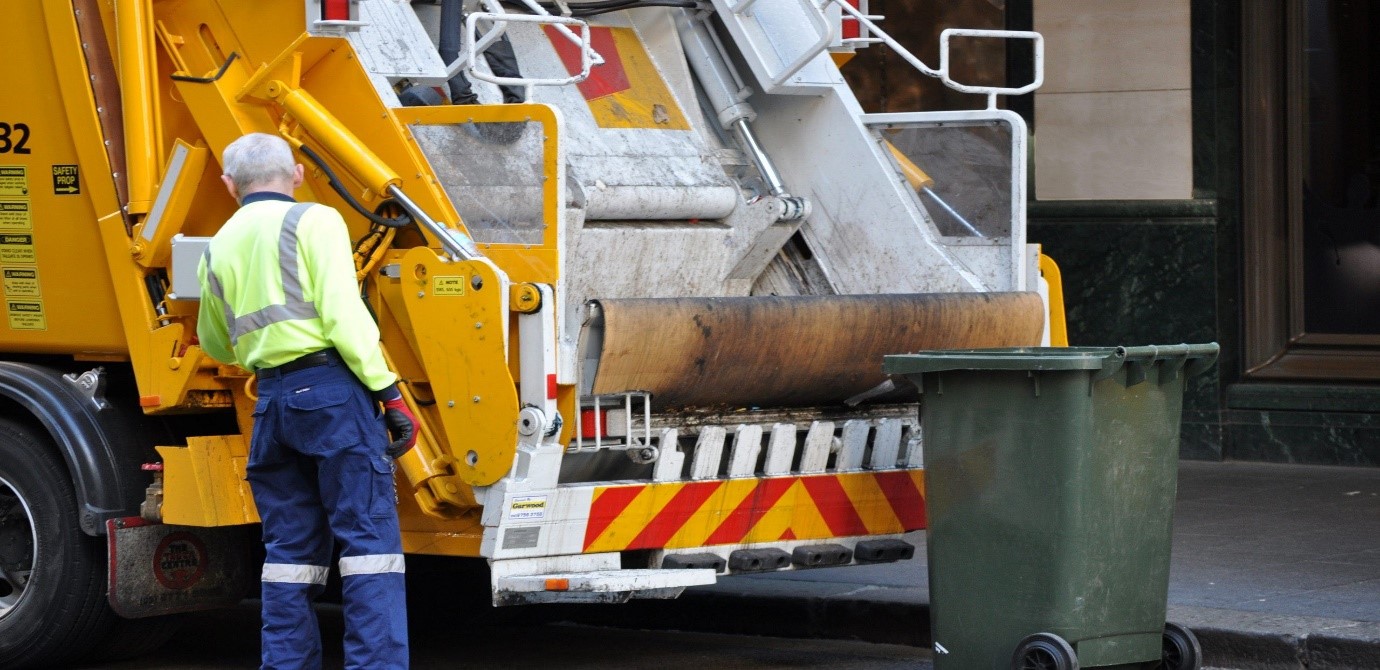
Certain municipalities use incentive programmes with the intention of motivating residents to decrease their waste production and engage in recycling initiatives. Rewards, discounts, or acknowledgment may be offered as incentives to homes that demonstrate exceptional waste management techniques.
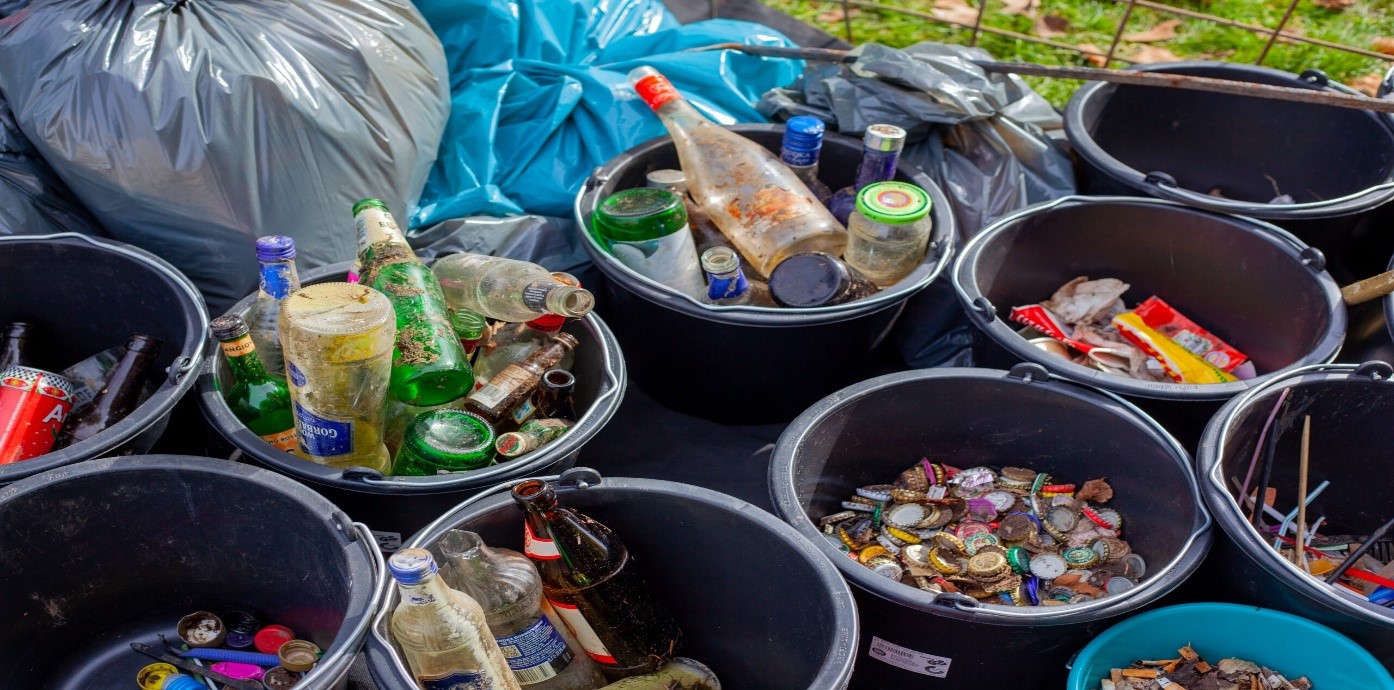
Collaborating with the community on waste management programmes cultivates a shared feeling of accountability and proprietorship. Through educational programmes, workshops, and public awareness campaigns, residents can gain the knowledge and motivation necessary to adopt sustainable waste disposal practices.
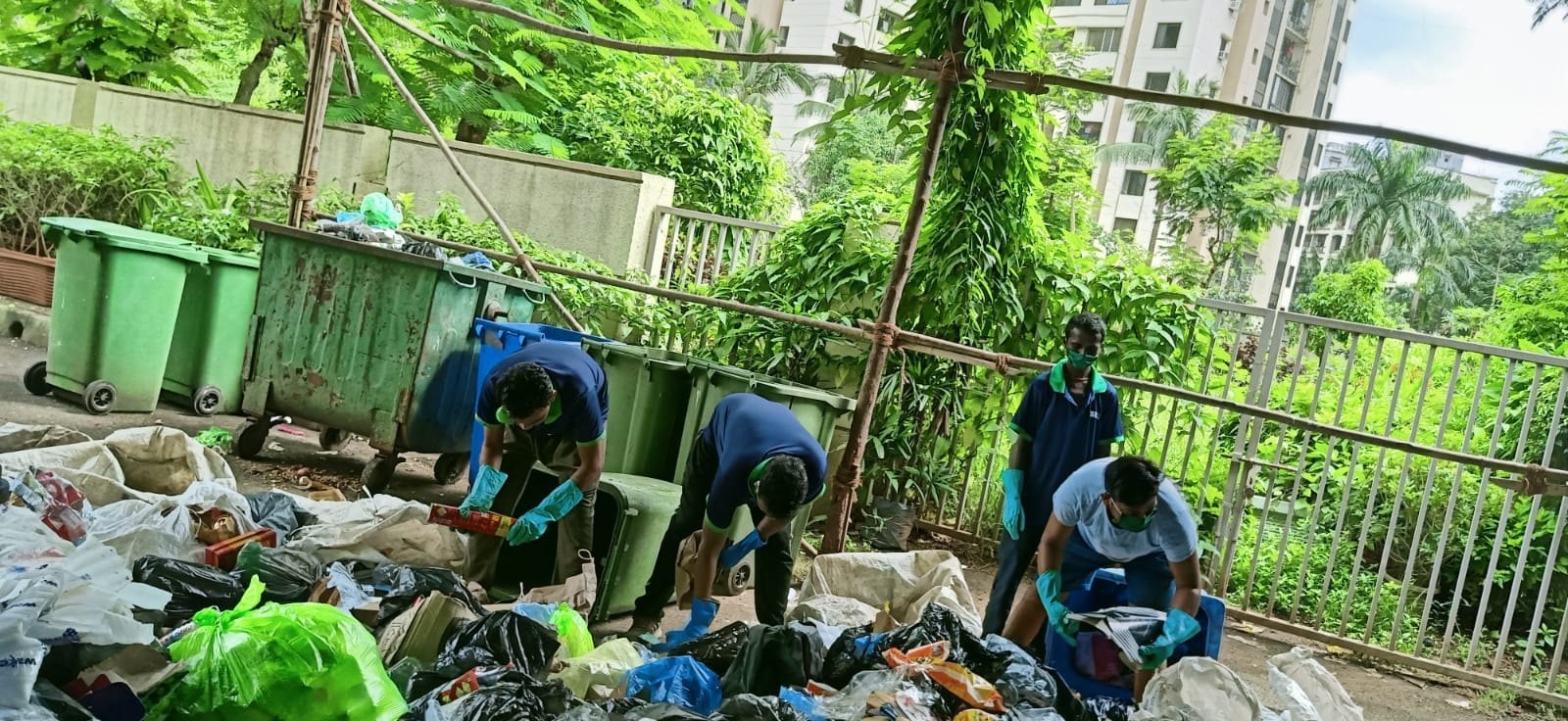
Challenges in Household Waste Collection
While household waste collection is a crucial aspect of waste management, it is not without its challenges. Addressing these challenges is essential to ensure the effectiveness and sustainability of waste collection systems. Some common challenges include:
An exponential increase in the volume of household waste is observed as metropolitan populations expand. The exponential growth of urban areas can place extreme pressure on pre-existing waste collecting infrastructure, requiring ongoing enhancements and enlargements to accommodate the escalating need..

Unauthorized waste disposal in non-designated places, sometimes referred to as illegal dumping, presents a substantial obstacle to waste collecting endeavours. In addition to compromising the effectiveness of conventional waste collection systems, it negatively impacts the community’s aesthetics, public health, and the environment.
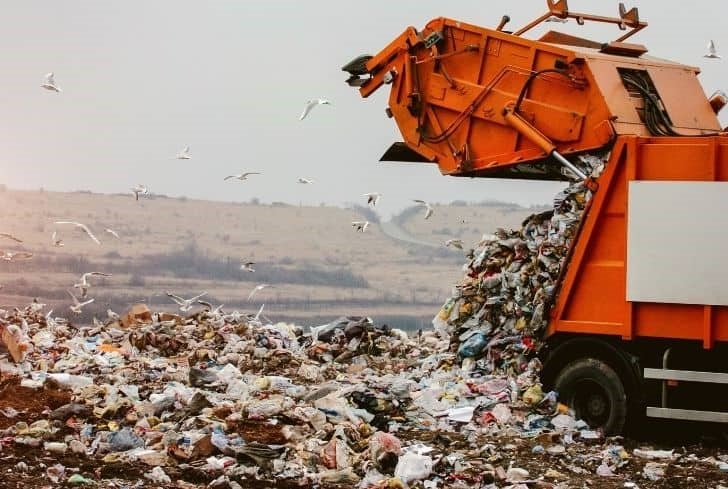
When recyclable and non-recyclable materials are intermingled, or when different types of recyclables are mixed, contamination results. Processing contaminated recyclables presents difficulties, diminishes the quality of produced materials, and may result in heightened disposal in landfills.
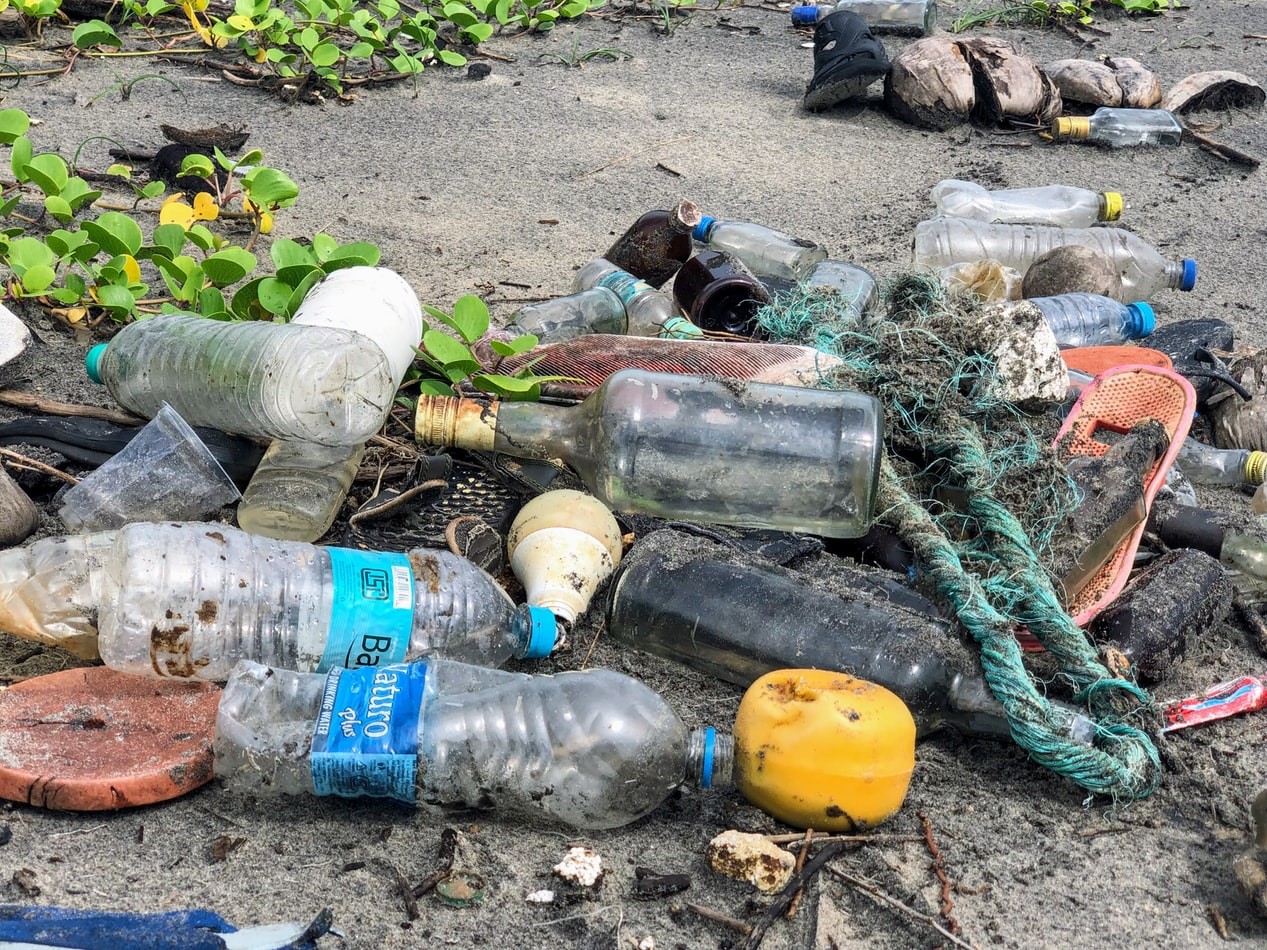
Particularly in developing nations, certain places could be deficient in the essential infrastructure required to facilitate effective waste collection. Deficiencies in transportation infrastructure, waste treatment facilities, and available resources may hinder the implementation of resilient waste collection systems.
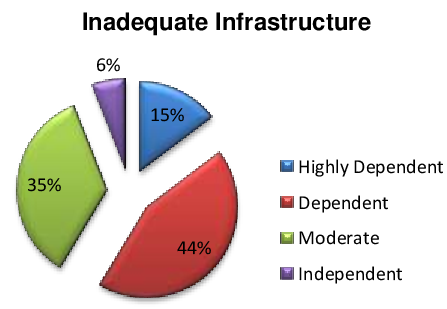
Waste management faces a complex task in modifying consumer behaviour. To promote the adoption of sustainable behaviours among individuals, including waste reduction and recyclables separation, continuous education, awareness campaigns, and community engagement are necessary.
Waste collection systems may experience strain due to seasonal fluctuations, such as augments in waste production observed around holidays or special events. These fluctuations must be anticipated and planned for by municipalities in order to ensure that waste is managed adequately during peak seasons.
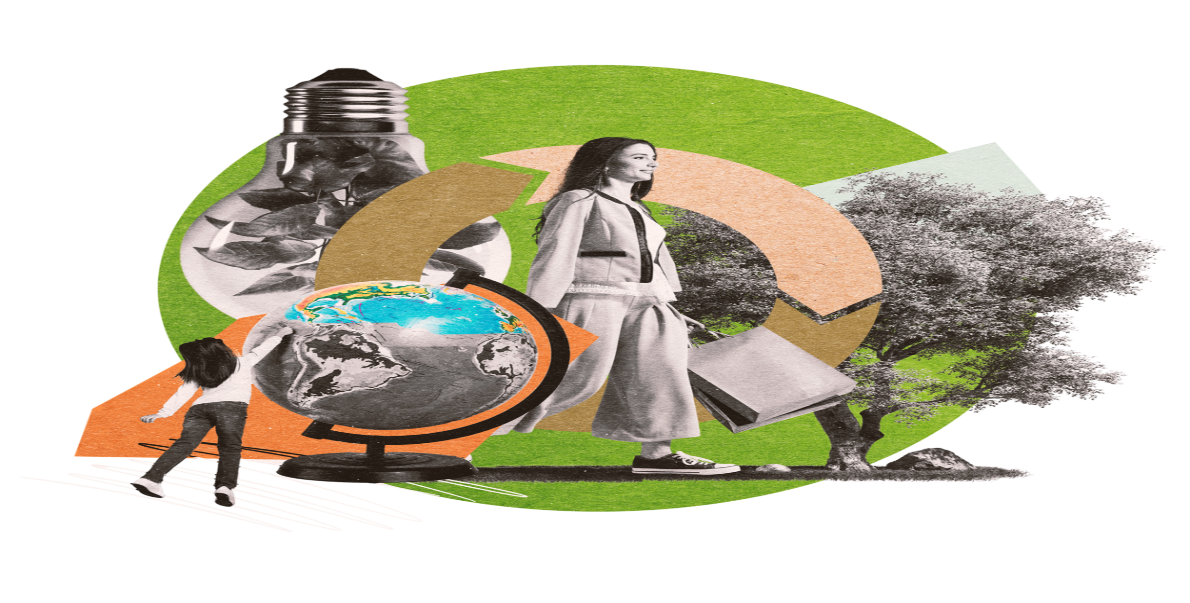
Importance of Sustainable Practices in Household Waste Collection
In addition to the mere removal of abandoned materials from residences, the collection of household waste involves the implementation of practices that preserve resources, limit environmental effect, and advance long-term sustainability. Adopting sustainable procedures for the collection of household waste is vital for a number of reasons:
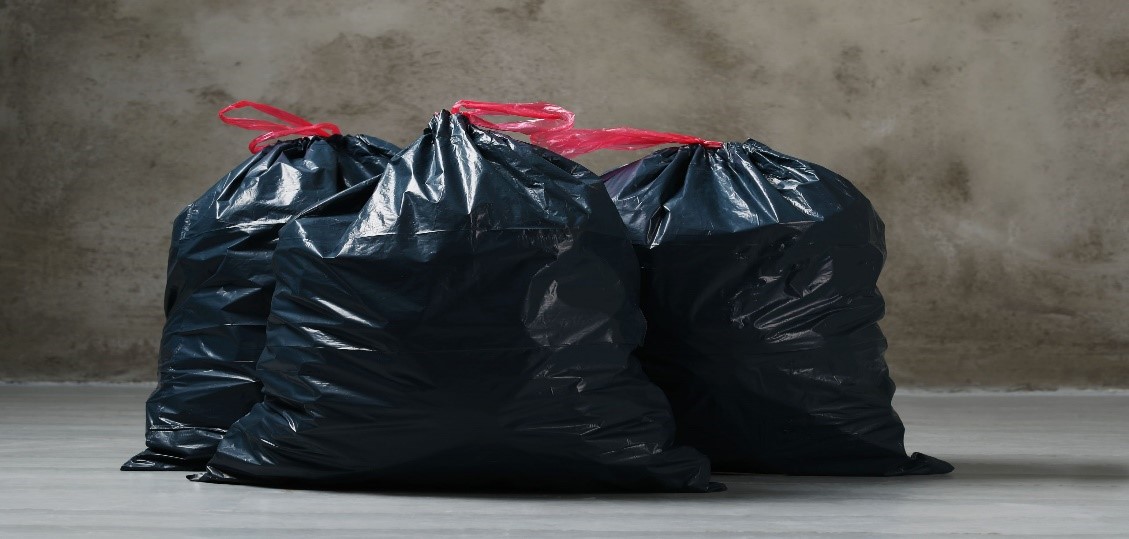
The implementation of sustainable waste collection procedures serves to conserve resources through the encouragement of material reuse and recycling. Energy and natural resources are conserved when valuable resources are recovered from domestic waste, hence decreasing the requirement for raw material extraction.
Landfilling and other conventional methods of waste disposal can result in substantial environmental repercussions, such as contamination of water and soil. By diverting materials from landfills and incinerators, sustainable methods, like composting and recycling, reduce the environmental impact of waste.
In many cases, recycling and other forms of sustainable waste management necessitate less energy input than the production of goods from raw materials. The integration of recycled materials into the manufacturing process enables sectors to diminish their carbon emissions and energy usage.
Incineration and landfilling both contribute to the emission of greenhouse gases into the atmosphere, including carbon dioxide and methane. In order to prevent climate change, sustainable waste management strategies, such as waste-to-energy technology and landfill methane collection, reduce the emission of these potent gases.
Appropriate waste disposal and collection contribute to the health and well-being of the community. Municipalities can better the quality of life for its inhabitants by establishing hygienic and secure dwelling spaces and guaranteeing prompt waste clearance, as opposed to engaging in unlawful dumping.
Sustainable waste management is in accordance with the tenets of a circular economy, which advocate for the maximum utilization of resources via recycling, remanufacturing, and reusing. This methodology reduces the production of waste and advances the cause of a more sustainable and regenerative economic framework.
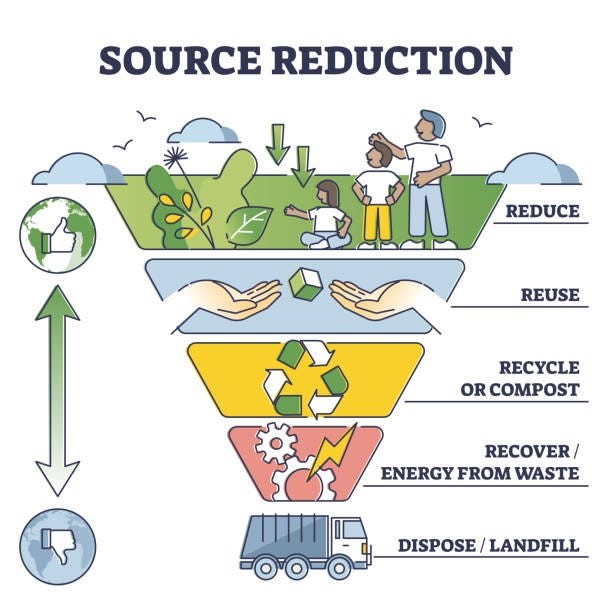
Successful Household Waste Collection Initiatives
An analysis of prosperous residential waste collecting programmes yields valuable data regarding successful techniques and optimal approaches. The Slovenian and Japanese cities of Kamikatsu and Ljubljana are two important case studies.
Kamikatsu, Japan
The village of Kamikatsu, located in Japan, garnered global acclaim due to its audacious objectives of achieving zero waste. In order to enforce a complete waste separation programme, inhabitants of the municipality were obligated to sort their waste into 45 distinct categories, which comprised organic waste, glass, paper, and various forms of plastics. The municipality’s dedication to waste segregation is motivated by its objective of attaining zero waste by 2020.
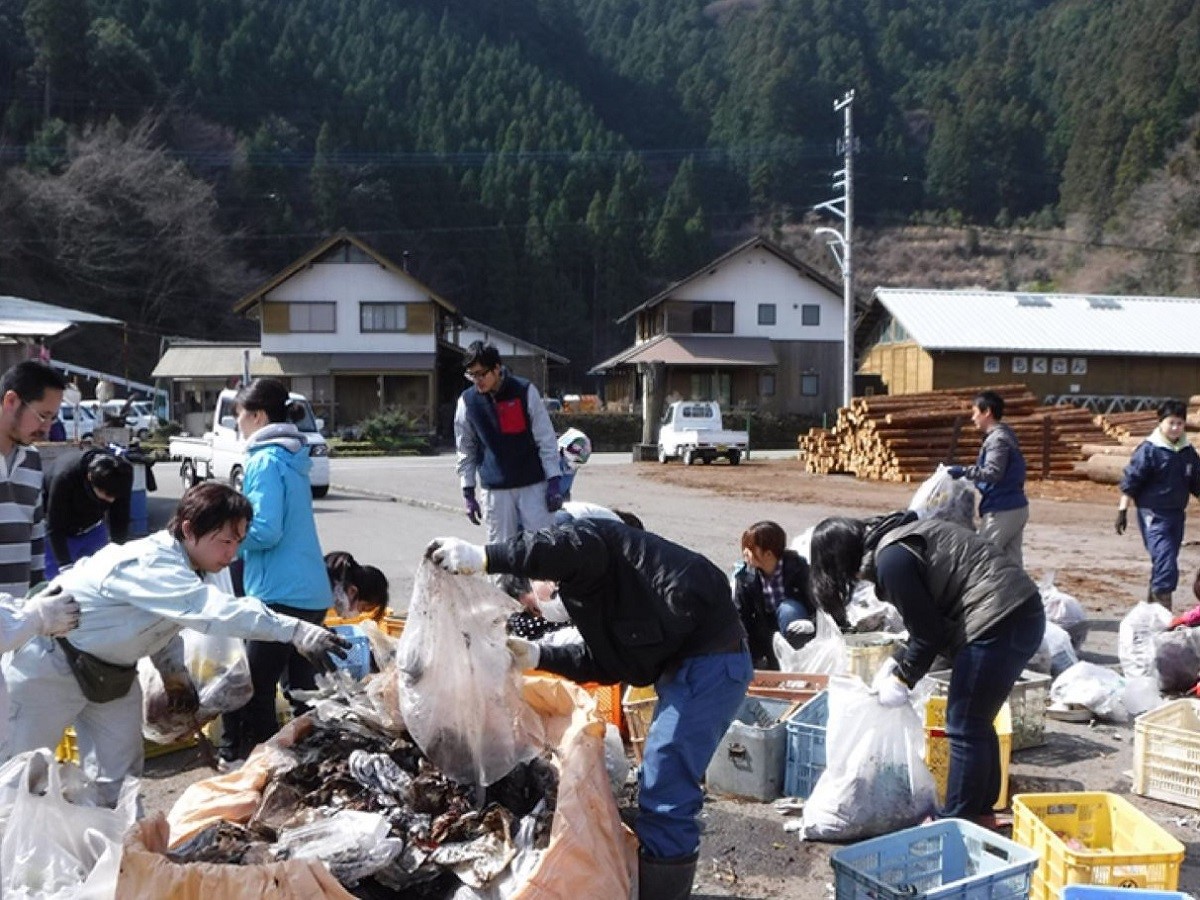
In order to facilitate residents’ compliance with the rigorous waste separation regulations, Kamikatsu developed a Zero Waste Academy, which offered educational initiatives and materials pertaining to sustainable lifestyle choices. The town has achieved a noteworthy decrease in waste disposal to landfills as a result of its initiatives; the overwhelming majority of waste is either recycled or composted. Kamikatsu exemplifies how a modest town can attain substantial waste reduction by means of efficient collection and segregation of household waste.
Ljubljana, Slovenia
The capital city of Slovenia, Ljubljana, underwent a waste management system transformation that prioritized environmental consciousness and sustainability. A “pay-as-you-throw” system was implemented by the municipality, whereby citizens incur charges in proportion to the volume of waste they produce. This promotes waste reduction and increased recycling among homes.
Additionally, a comprehensive curbside collection system was created in Ljubljana, facilitating the proper disposal of waste by the city’s inhabitants. Moreover, to educate citizens about the significance of waste segregation and recycling, the municipality allocated funds towards public awareness initiatives. Due to the implementation of these programmes, Ljubljana has attained commendable levels of waste reduction in terms of landfill disposal and effective recycling rates.
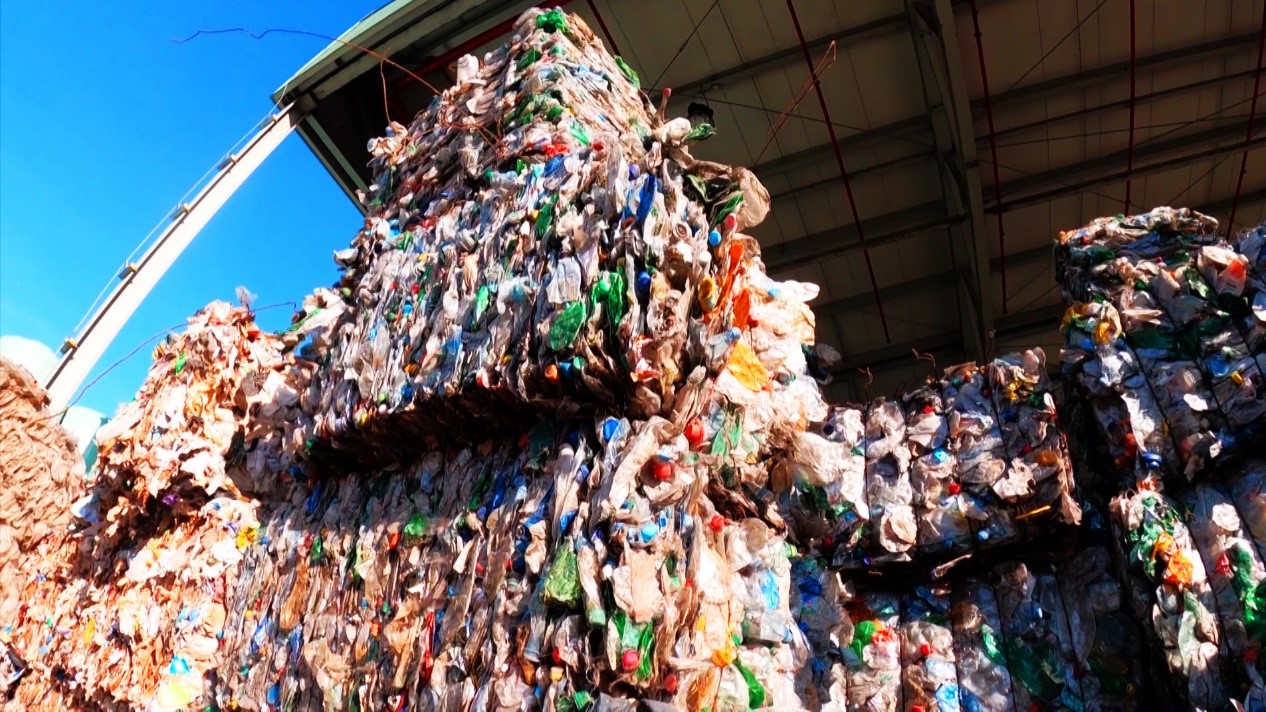
A crucial element of waste management, residential waste collection necessitates new approaches, meticulous planning, and a dedication to sustainability. The imperative for efficient and ecologically sustainable waste management methods intensifies in tandem with the expansion of urban populations and mounting environmental apprehensions.
Community engagement, curbside collection, containerization, and source separation are critical components in guaranteeing the effectiveness of household waste collection initiatives. A comprehensive and unified strategy involving waste management firms, local authorities, and the community is necessary to surmount obstacles such as illegal dumping, population expansion, and behavioural problems.
2. Collection of Industrial waste
Industrial waste collection is an essential component of contemporary waste management due to the considerable quantity and heterogeneous composition of waste produced during industrial operations. Industrial waste comprises an extensive variety of compounds, both hazardous and nonhazardous, which requires the implementation of specialized collection techniques and treatment procedures. We shall investigate the intricacies associated with the collecting of industrial waste, scrutinizing the obstacles encountered, the tactics implemented, and the significance of embracing sustainable methodologies to alleviate ecological repercussions.
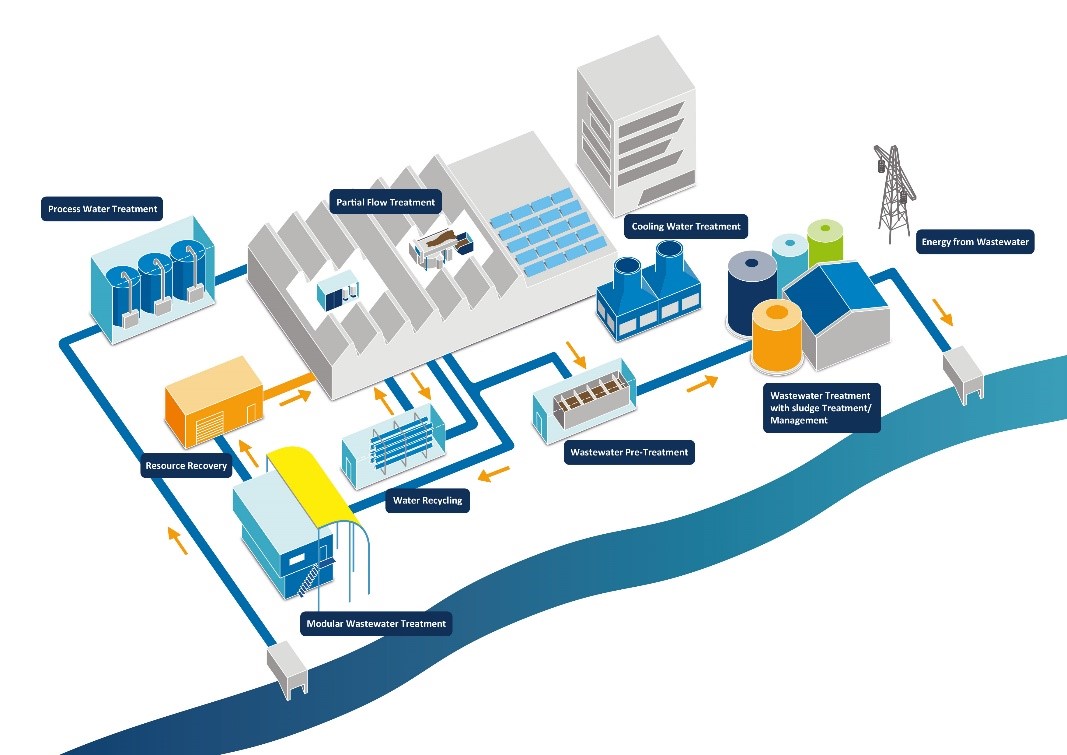
Diverse Challenge
Industrial waste is a byproduct of a wide range of manufacturing, production, and industrial procedures, including those of smaller and larger businesses. Industrial waste can exhibit a broad spectrum of chemical compositions, encompassing solid, liquid, and gaseous components, alongside both hazardous and nonhazardous compounds. Frequent categories of industrial waste consist of:
Solid Waste
Solid industrial waste consists of packaging, scrap metal, building debris, and manufacturing byproducts, among other substances. Certain materials might necessitate particular techniques for disposal and treatment.
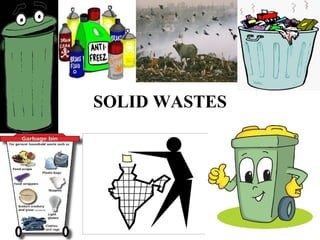
Liquid Waste
Sewage from manufacturing processes, chemicals, and other liquids utilized in industrial activities are all examples of liquid industrial waste. Water pollution prevention requires the proper management and disposal of liquid waste.
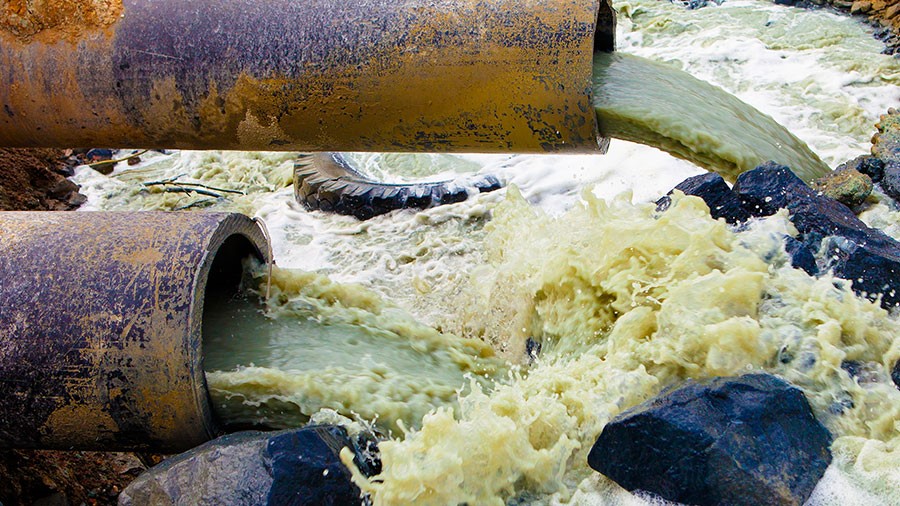
Hazardous Waste
Hazardous industrial waste is characterized by properties such as toxicity, combustibility, corrosion, or reactivity. Certain chemical substances, solvents, and industrial byproducts are examples. It is vital to preserve human health and the environment through the correct collection, disposal, and treatment of hazardous waste.
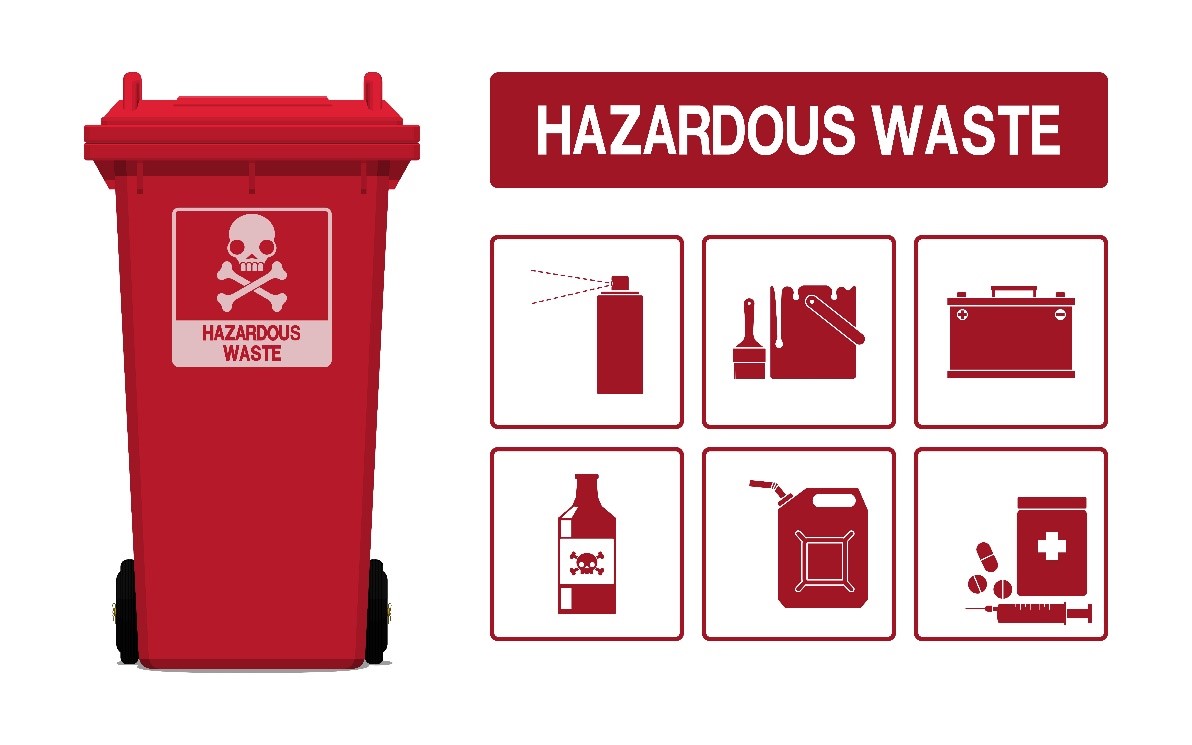
E-Waste
The proliferation of electronic waste, or e-waste, has emerged as a substantial issue due to the widespread adoption of electronic gadgets. Electronic waste consists of discarded or outmoded devices, including appliances, computers, and cellphones, that may contain harmful substances..
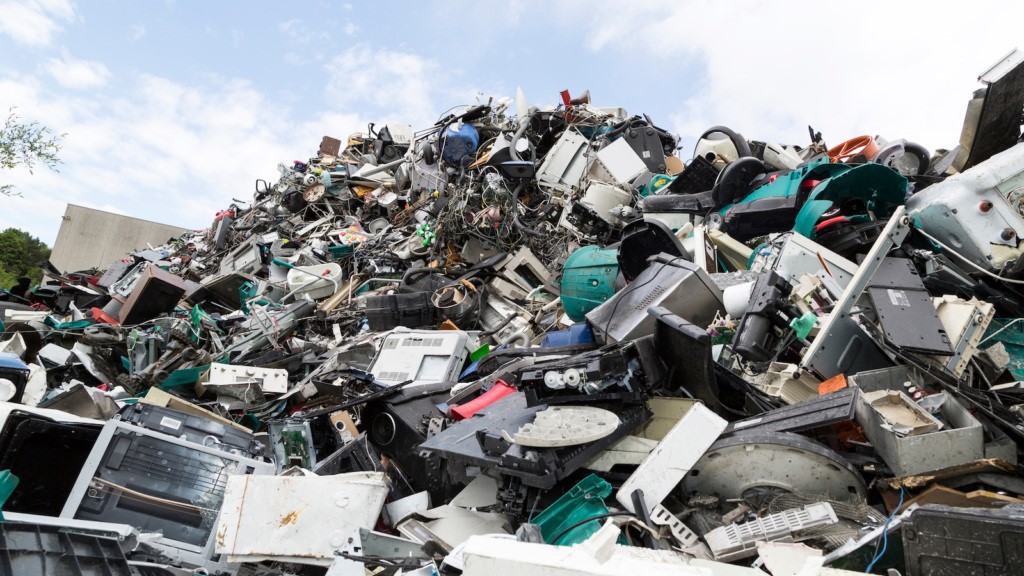
Air Emissions
The emission of gaseous by-products from industrial activities is a significant source of air pollution. The regulation and administration of air emissions are vital in order to reduce the ecological repercussions of industrial operations.
Challenges in Industrial Waste Collection
Distinguishable obstacles differentiate the collection of industrial waste from that of home waste. Due to the heterogeneous characteristics of industrial waste, the magnitude of industrial processes, and the requirement for specialist management, these obstacles arise. Among the most significant obstacles in industrial waste collecting are:
- A variety of waste streams with distinct properties are produced by industrial activities. In order to effectively manage this diversity, collection and treatment systems must be tailored to the unique problems provided by various types of industrial waste.
- A considerable proportion of industrial waste comprises hazardous compounds that present potential hazards to both human health and the environment. Stringent laws and safety measures must be followed during the handling, transportation, and disposal of hazardous waste in order to avert accidents and contamination.
- Waste generation of a significant magnitude is frequently observed across several industries, necessitating resilient infrastructure for collection and disposal. In order to ensure the proper and timely disposal of the enormous quantities of waste produced by industrial facilities, effective logistics and transportation systems are essential.
- Environmental compliance rules and laws governing industrial waste management are rigorous. To guarantee adherence to legal obligations, which may differ regionally and globally, businesses are obligated to traverse intricate regulatory frameworks governing waste management.
- Managing and collecting industrial waste might require considerable resources. For treatment and disposal, it necessitates specialized equipment, trained workers, and infrastructure. The allocation of funds towards these resources presents economic obstacles for sectors, specifically for smaller-scale businesses.
- Industrial supply networks in a worldwide economy may traverse numerous nations and regions. The variability in legislation and practices further complicates waste management endeavours, necessitating organizations to travel through a multitude of legal and environmental frameworks.
Strategies for Industrial Waste Collection
In order to confront the complexities linked to industrial waste collection, it is imperative to adopt strategic methodologies that place emphasis on efficacy, environmental stewardship, and safety. An array of critical approaches is utilized in order to maximize the efficiency of industrial waste collection:
The use of waste audits enables sectors to gain insights into the makeup of their waste streams. Through the characterization of waste types and volumes, organizations can customize their waste collection and disposal strategies to suit the particular requirements of their activities.
Similar to the collection of domestic waste, source-separation is an essential component of industrial waste management. It is imperative for industries to adopt procedures that promote the segregation of distinct waste streams during generation, thereby enabling collection to be more streamlined and economical.
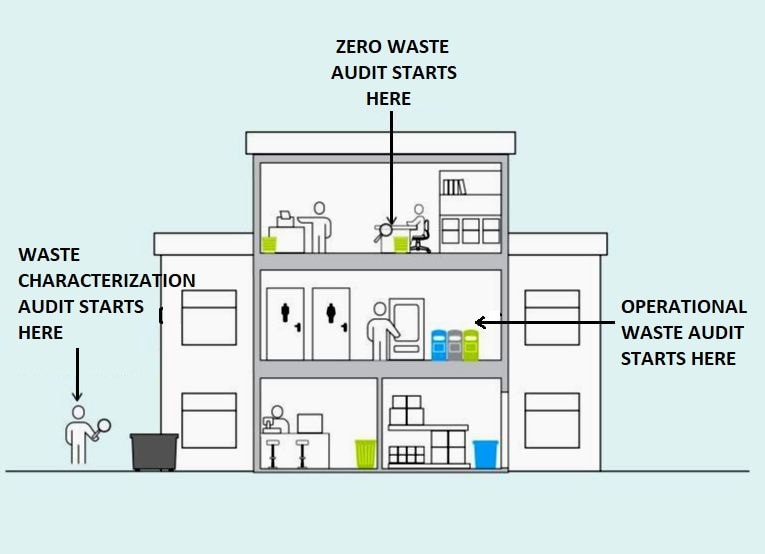
Before their waste is transported for eventual disposal, certain companies invest in on-site treatment facilities to manage and treat a portion of it. On-site treatment has the potential to decrease waste volume, alleviate environmental consequences, and improve the overall efficiency of waste management.
The utilization of waste-to-energy (WTE) technologies is an environmentally conscious and sustainable method of managing specific categories of industrial waste. These technologies facilitate the conversion of non-recyclable waste into usable energy, thereby contributing to the production of renewable energy and decreasing dependence on fossil fuels.
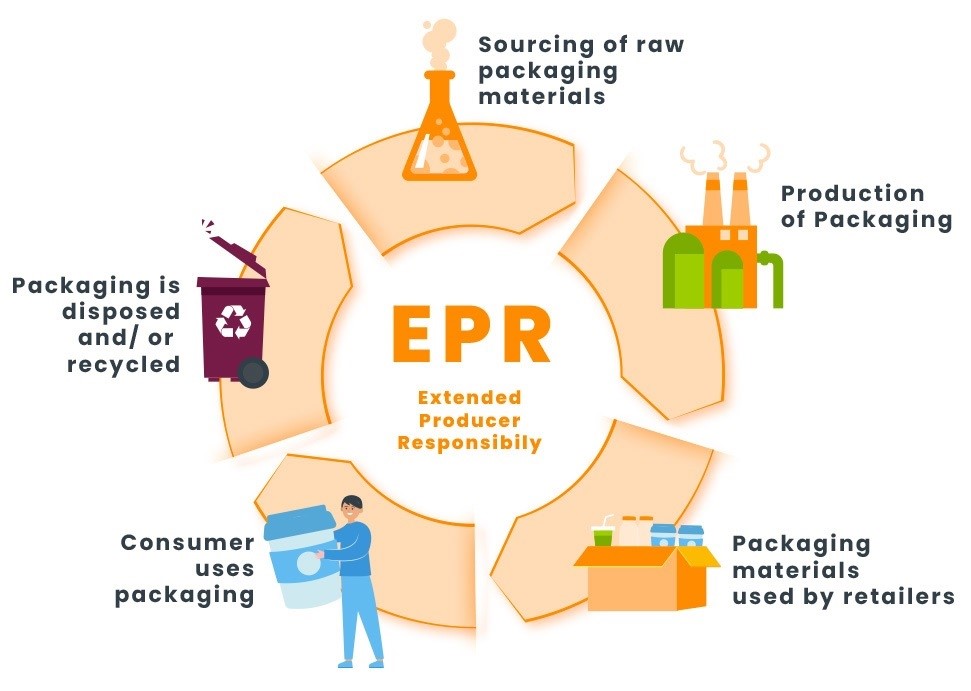
Manufacturers assume the obligation for the end-of-life management of products and packaging, as opposed to customers, under EPR programmes. There exist incentives for industries to incorporate recyclability considerations into product design and to build effective systems for product collection and recycling.
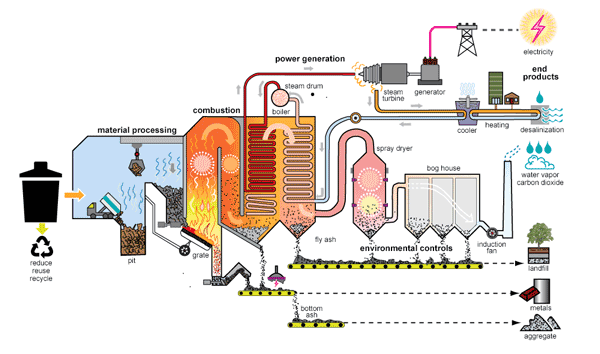
The efficacy of industrial waste collection can be significantly improved through the collaboration of industries, waste management businesses, and regulatory organizations. Innovation and overall waste management system improvement may result from the exchange of resources, knowledge, and best practices.
Importance of Sustainable Practices in Industrial Waste Collection
Significant as it is in the global economy, the industrial sector also exerts a considerable influence on the environment. It is crucial to use sustainable procedures in the collection of industrial waste in order to reduce environmental damage, save resources, and advance the principles of a circular economy. Sustainable techniques are of the utmost importance in industrial waste collection for the following primary reasons:
- Environmental protection is promoted through the use of sustainable industrial waste collecting techniques, which reduce emissions, avoid soil and water contamination, and minimize pollution. Through the prioritization of environmental responsibility, enterprises make a significant contribution towards the conservation of biodiversity and ecosystems.
- Numerous materials that are deemed waste during industrial processes have the potential to be extremely valuable resources. Resource conservation is promoted by recycling and reusing resources as part of sustainable waste collection methods. This technique minimizes the environmental impact of extraction and diminishes the reliance on virgin raw materials.
- Energy efficiency is increased through the use of waste-to-energy technology and other energy recovery methods into industrial waste management processes. Industries can offset their energy use and make a contribution to the development of renewable energy by harvesting energy from waste.
- The collecting of industrial waste in a sustainable manner is consistent with the tenets of a circular economy, which advocate for the maximum longevity of resources by recycling, remanufacturing, and reuse. By implementing this strategy, waste production is decreased, and a more sustainable and regenerative economic system is fostered.
- The adoption of sustainable waste management procedures constitutes a fundamental element of the corporate social responsibility framework. Sectors that place environmental sustainability as a top priority exhibit their dedication to ethical corporate conduct and make constructive contributions to both social and environmental conditions.
3. A Focus on Storage, Collection, and Municipal Waste Segregation
Efficient management of municipal waste is a pivotal component in the endeavour to achieve sustainable waste management, since it has direct implications for resource usage, environmental preservation, and public health. The pressing demands brought about by the expansion of industry and urbanization have emphasized the sophistication and integration of waste management strategies. Municipal waste segregation, centralized collection facilities, and key components of storage are highlighted, with an emphasis on the significance of sustainable practices. Furthermore, Waterman Engineers Australia provides these fields with services that highlight cutting-edge solutions in the industry.
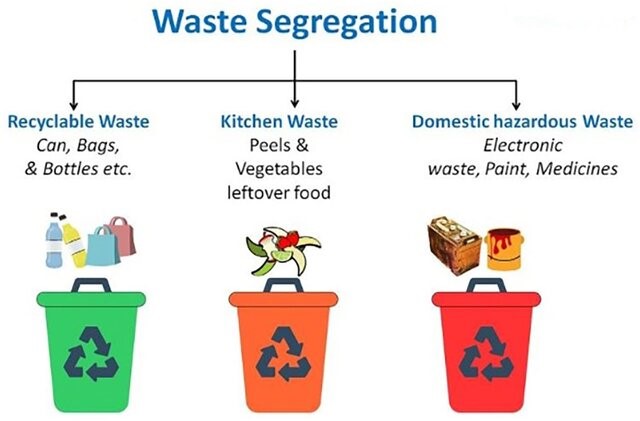
Storage and Collection Facility at a Centralized Place
Centralized storage and collection facilities that operate efficiently serve as the fundamental components of a structured and environmentally sustainable waste management system. These facilities are critical in simplifying the transportation of waste to treatment or disposal locations, assuring adequate waste segregation, and streamlining the collecting process. Incorporate cutting-edge technologies into the design, implementation, and optimization of storage and collecting facilities in order to increase their efficiency.
Designing Robust Storage Infrastructure
When developing storage infrastructure that is tailored to the particular requirements of local governments. This process entails the development of intelligently planned waste storage facilities capable of accommodating various types of waste, such as recyclables, organic waste, and non-recyclable materials. To ensure public and worker safety and to minimize environmental damage, the infrastructure has been meticulously designed.
Centralized Collection Facilities
Centralized collecting facilities are of paramount importance in the consolidation of waste originating from centralized sources. Emphasis is placed on the development of facilities in strategic locations that serve urban and suburban populations efficiently. Subsequent to the environmental impact of waste transportation, these establishments are outfitted with cutting-edge equipment to facilitate the gathering process.
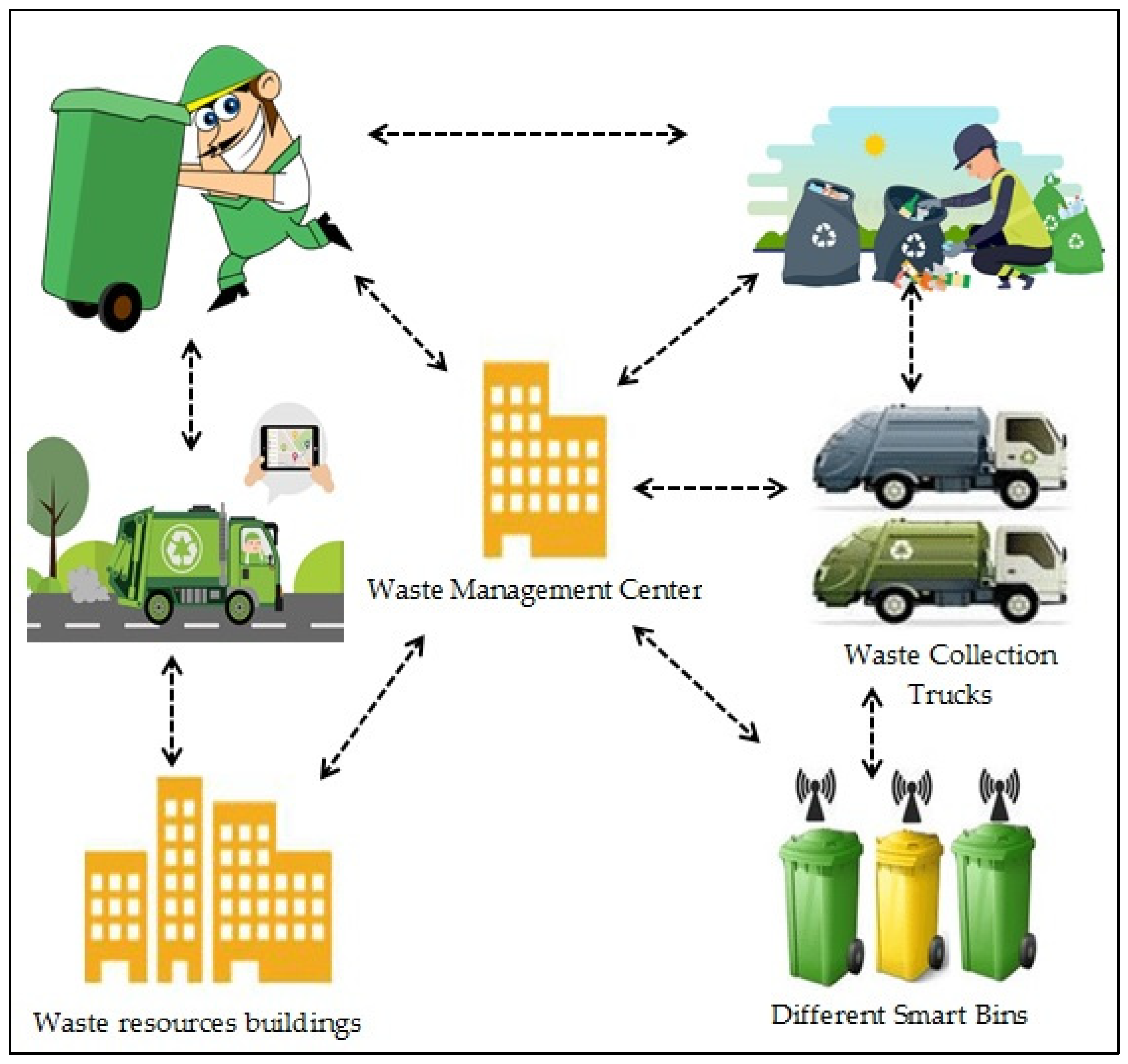
Municipal Waste Segregation Equipment
The segregation of municipal waste is an essential component of waste management that has a direct impact on the efficiency of recycling and resource recovery initiatives. Waterman Engineers Australia provides communities with advanced waste segregation equipment that is specifically engineered to address their varied requirements. The integration of sophisticated technologies guarantees the effective sorting, recycling, and subsequent processing of waste materials.
Automated Sorting Systems
Waterman Engineers Australia separates various waste streams in an effective manner via automated sorting systems that make use of cutting-edge sensor technologies and robots. These systems possess the ability to accurately differentiate between recyclable materials, organic waste, and non-recyclable materials. Sorting operations that are automated operate more efficiently and require less manual work.
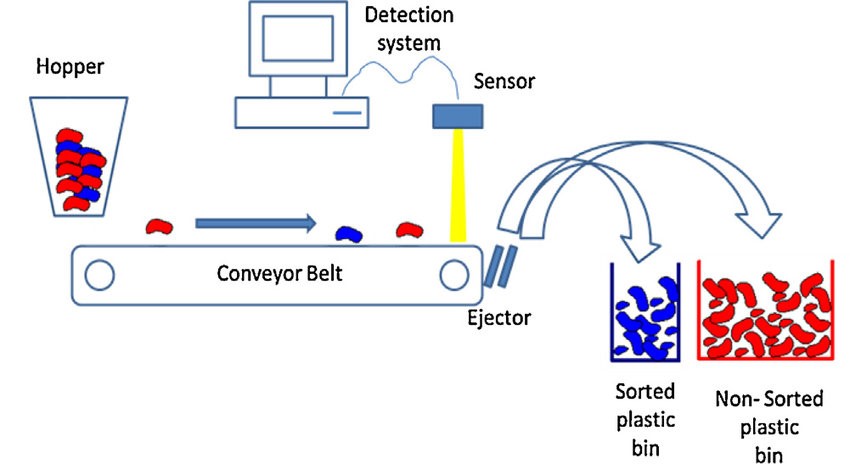
Comprehensive Segregation Solutions
The organization offers all-encompassing segregation solutions for a vast array of waste products. The equipment of Waterman Engineers Australia is built to manage a variety of waste streams, including paper, glass, metals, plastics, and organic waste. The considerable proportion of municipal waste that can be efficiently segregated for recycling or additional processing is guaranteed by this adaptability.
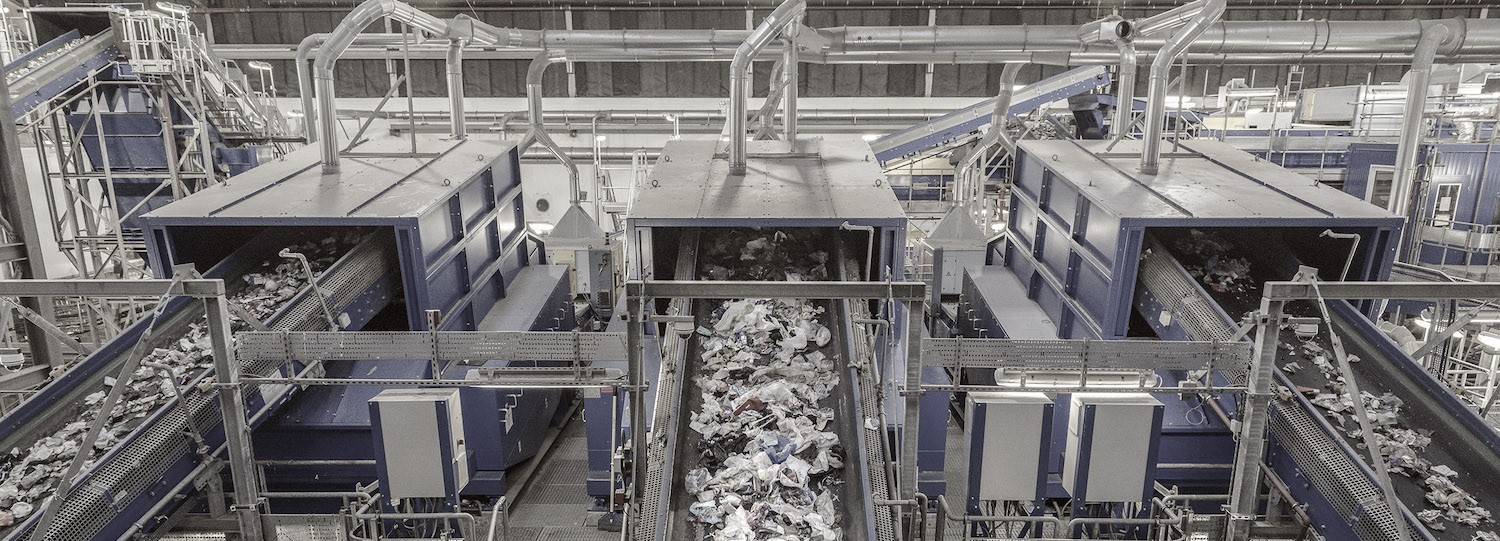
Waste-to-Energy Technologies
Waterman Engineers Australia incorporates energy-from-waste (WTE) technologies into the solutions it provides for waste segregation. These technologies facilitate the conversion of non-recyclable waste into energy, thereby reducing the amount of waste transported to landfills and contributing to sustainable energy production. Municipalities have the opportunity to tackle difficulties related to waste management and energy generation by adopting WTE.
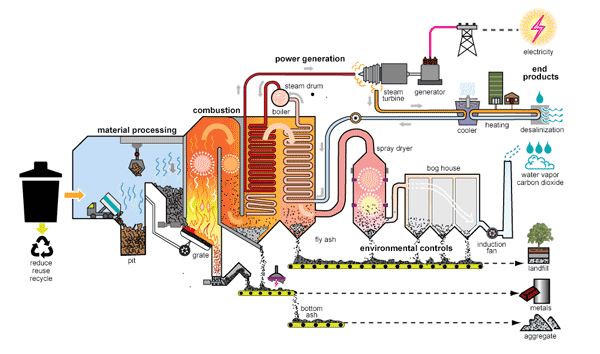
User-Friendly and Safe Equipment
Waterman Engineers Australia develops waste segregation technology that is both safe and simple to operate and maintain, with a focus on user-friendliness. Safety safeguards are incorporated into the equipment to safeguard users, while intuitive user interfaces guarantee effective operation with minimal training requirements.
Customized Solutions
Waterman Engineers Australia acknowledges that waste volume and composition may provide distinct issues for various communities. The organization provides waste segregation solutions that are customized to meet the particular requirements of every client. By adopting a customized approach, towns are able to efficiently tackle their waste management objectives.
Resource Conservation
In order to conserve resources, sustainable waste management procedures, such as effective segregation and recycling, are implemented. Through the process of material recovery and reuse from the waste stream, towns effectively mitigate the environmental consequences associated with resource extraction by reducing the need for new resources.
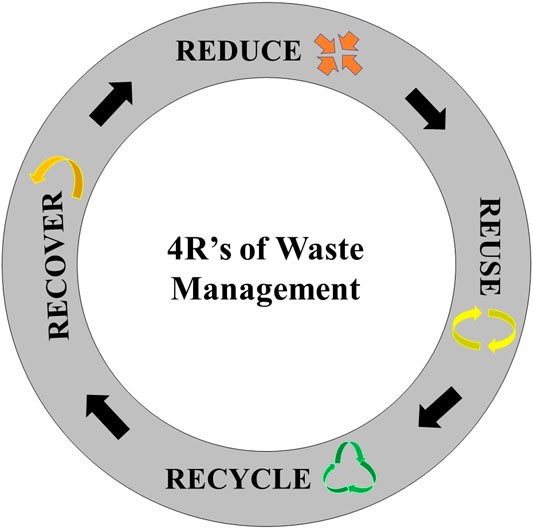
The emphasis that Waterman Engineers Australia places on the optimization of transportation, logistics, and technological integration aids in the mitigation of the environmental impact linked to waste management. The company actively reduces energy consumption, air pollution, and greenhouse gas emissions during the waste management process through the implementation of environmentally friendly procedures.
Circular Economy Principles
It is critical to use circular economy ideas in order to implement a sustainable waste management strategy. The commitment of Waterman Engineers Australia to waste segregation, recycling, and waste-to-energy technologies is in accordance with the objective of maximising the longevity of materials, hence diminishing the necessity for linear, disposal-focused methodologies.
Community Health and Well-being
Sustainable waste management strategies have a direct influence on the health and well-being of communities. Municipalities play a crucial role in fostering cleaner and better living conditions for its inhabitants by conducting waste disposal practices that minimize environmental effect, promote resource recovery, and decrease pollution.
Waterman Engineers Australia guarantees adherence to legal criteria in municipal waste management methods by its steadfast dedication to compliance with environmental standards. By doing so, one not only mitigates the risk of legal complications but also showcases a dedication to responsible and ethical methods of waste management.
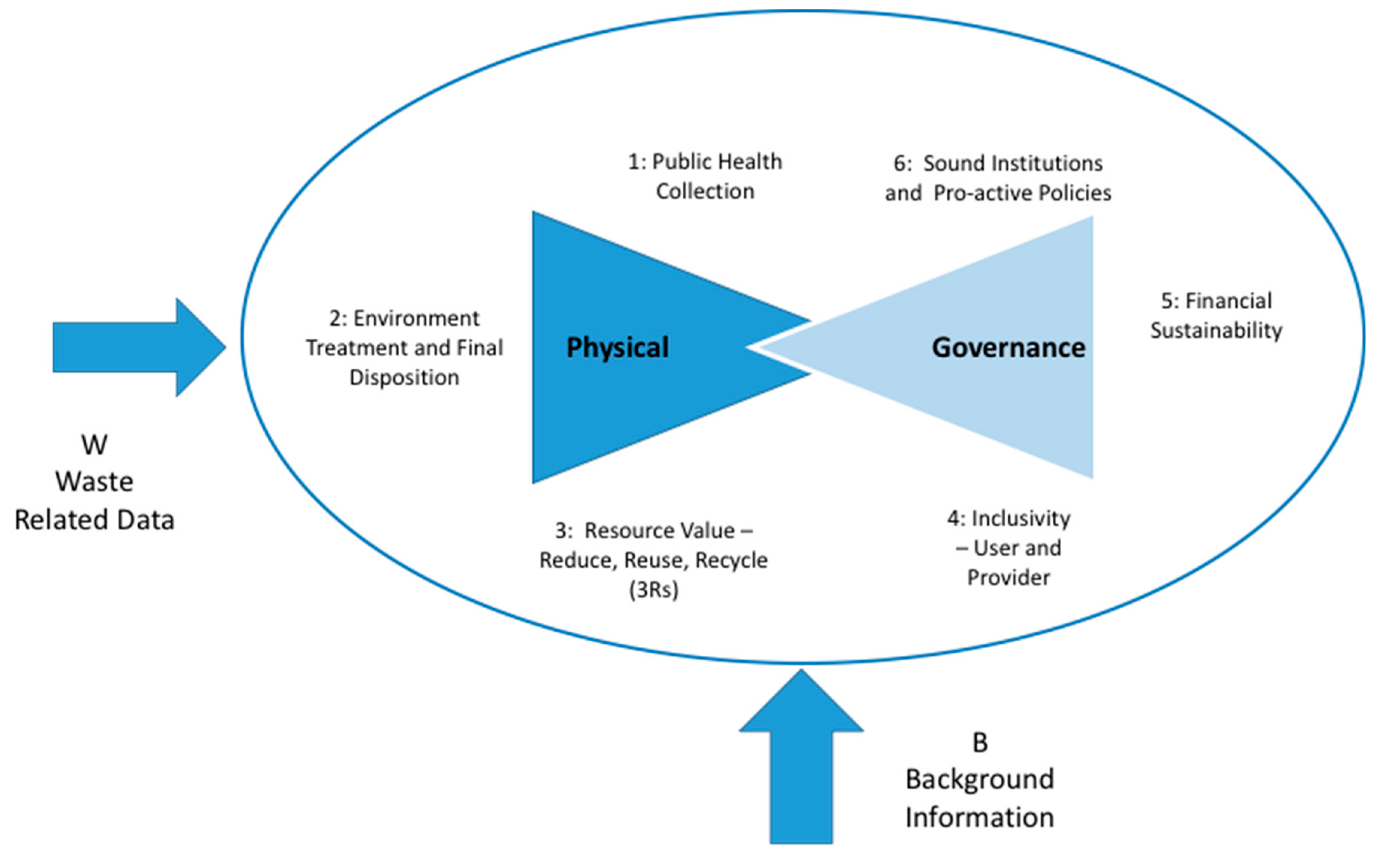
Municipal waste collection, storage, and segregation that operate in an effective manner are essential elements of a sustainable waste management system. The companies enhance municipal waste management processes through the integration of innovative waste segregation technology and the design and implementation of cutting-edge storage and collection facilities.
Waterman Engineers Australia’s Expertise
- Organic Waste Composting
- Metal Recycling
- Glass Processing.
It is essential, in the quest for sustainable waste management methods on a worldwide scale, to handle varied waste streams responsibly. Organic waste, metals, and glass are among the substances that present distinct challenges and prospects. The importance of proficient administration in various domains is examined, along with an exploration of the particular services that Waterman Engineers Australia offers. In particular, we shall analyze the organization’s proficiency in organic waste composting, metal recycling, and glass processing, emphasizing the contribution of these operations to the development of a waste management environment that is more environmentally conscious and sustainable.
I. Organic Waste Composting and Turning Waste into a Resource
Organic waste, which comprises a substantial proportion of municipal waste, consists of kitchen leftovers, yard clippings, and agricultural residues. Conventional methods of waste disposal, including landfilling, result in the release of greenhouse gases and the inefficient utilization of important organic substances. Composting organic waste, which converts organic matter into compost that is abundant in nutrients, offers a sustainable option. Waterman Engineers Australia focuses on delivering all-encompassing composting solutions for organic waste, hence resolving the complexities linked to the management of organic waste.
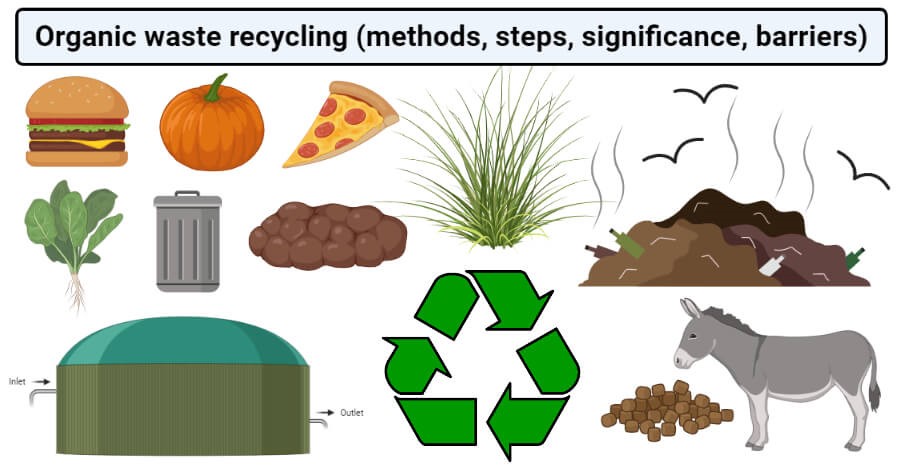
Advanced Composting Technologies
Waterman Engineers Australia maximizes the decomposition of organic waste through the application of sophisticated composting technology. This may involve the implementation of new techniques such as aerated static pile composting, in-vessel composting systems, or others. By accelerating the composting process, these technologies enable the production of high-quality compost in a reduced amount of time..
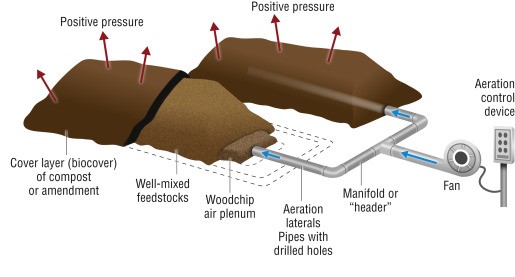
The organization develops bespoke composting infrastructures in accordance with the particular requirements and waste composition of individual customers. Com odor management technologies, temperature control mechanisms, and efficient rotating systems are installed in these facilities to guarantee that compost production adheres to regulatory requirements and community expectations.
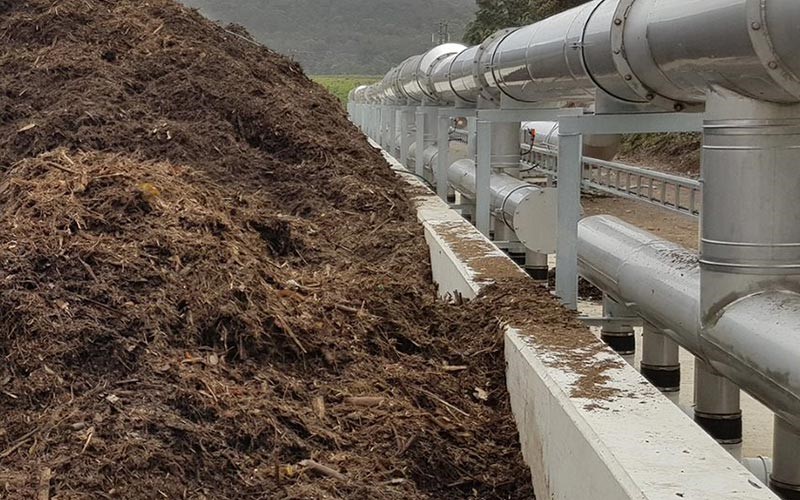
Waste-to-Energy Integration
Waste-to-energy technologies are incorporated into the organic waste composting systems provided by Waterman Engineers Australia. This methodology facilitates the conversion of biogas generated throughout the composting procedure into sustainable energy. The company’s utilization of energy derived from organic waste serves to decrease dependence on fossil fuels and the carbon footprint associated with waste management activities.
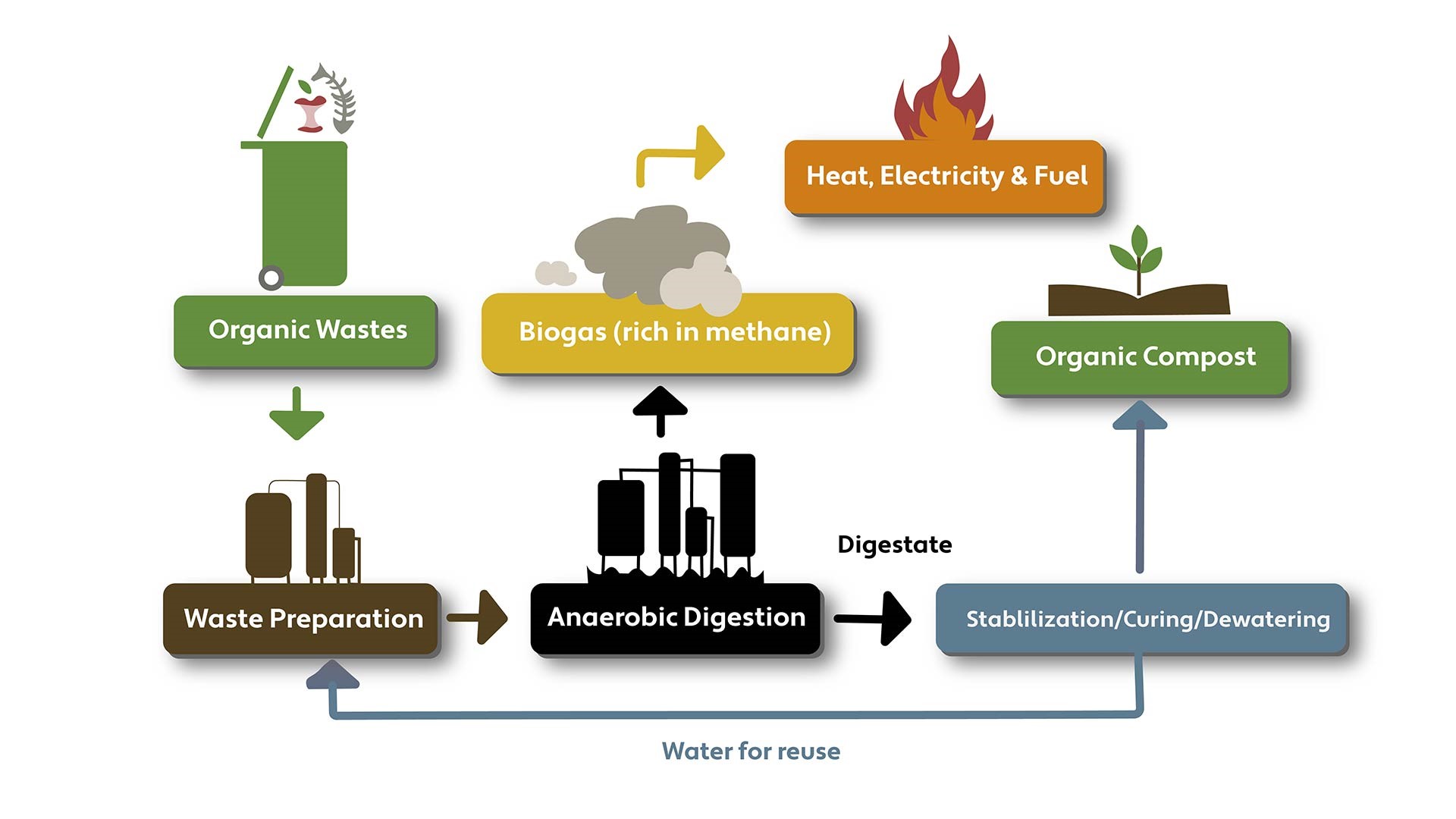
Priority number one for Waterman Engineers Australia is guaranteeing the manufacture of superior compost. Compost produced from organic waste is exceptionally nutrient-dense and functions as a soil conditioner. By means of soil remediation, agriculture, and landscaping, this high-quality compost completes the organic waste management cycle.
Community Engagement and Education
Community education and involvement are priorities for the organization in order to raise awareness about the significance of organic waste composting. The objective of public awareness campaigns, educational programmes, and workshops is to motivate agricultural communities, businesses, and people to actively engage in composting activities, thereby cultivating an environment that promotes sustainable waste management.
II. Metal Recycling and Preserving Resources
Metals are extremely valuable materials whose intrinsic qualities remain unchanged after indefinite recycling. Nonetheless, environmental degradation and energy use are byproducts of the extraction and processing of virgin metals. Conservation of natural resources, reduction of greenhouse gas emissions, and mitigation of these effects are all significantly aided by metal recycling. With its specialized knowledge in metal recycling, Waterman Engineers Australia delivers inventive resolutions aimed at augmenting the effectiveness and environmentally soundness of metal waste disposal.
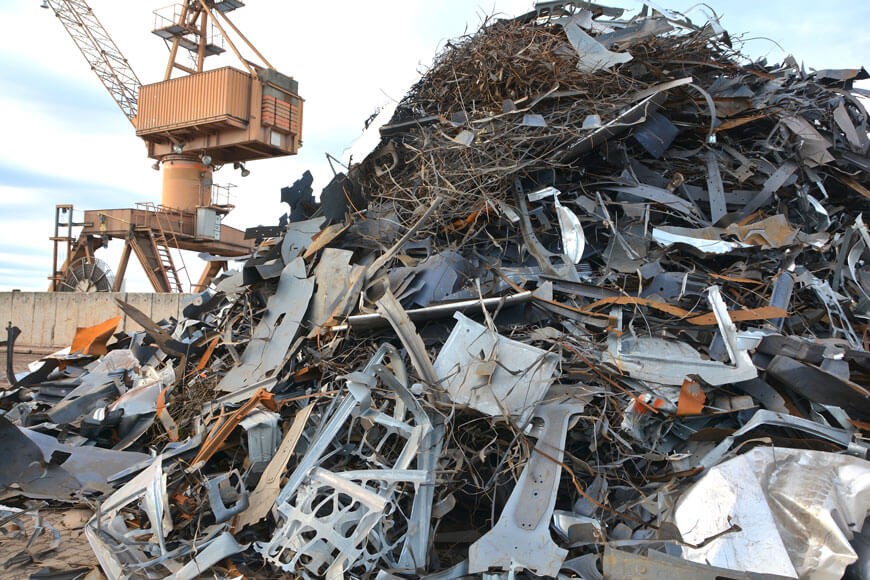
Advanced Sorting and Separation Technologies
Waterman Engineers Australia incorporates state-of-the-art separation and sorting technologies into the solutions it provides for metal recycling. Optical sorting systems, magnetic separators, and eddy current separators are examples of technology that facilitate the efficient separation of various metal types. This process guarantees the recycling of metals according to their distinct characteristics, hence optimizing the retrieval of precious resources.
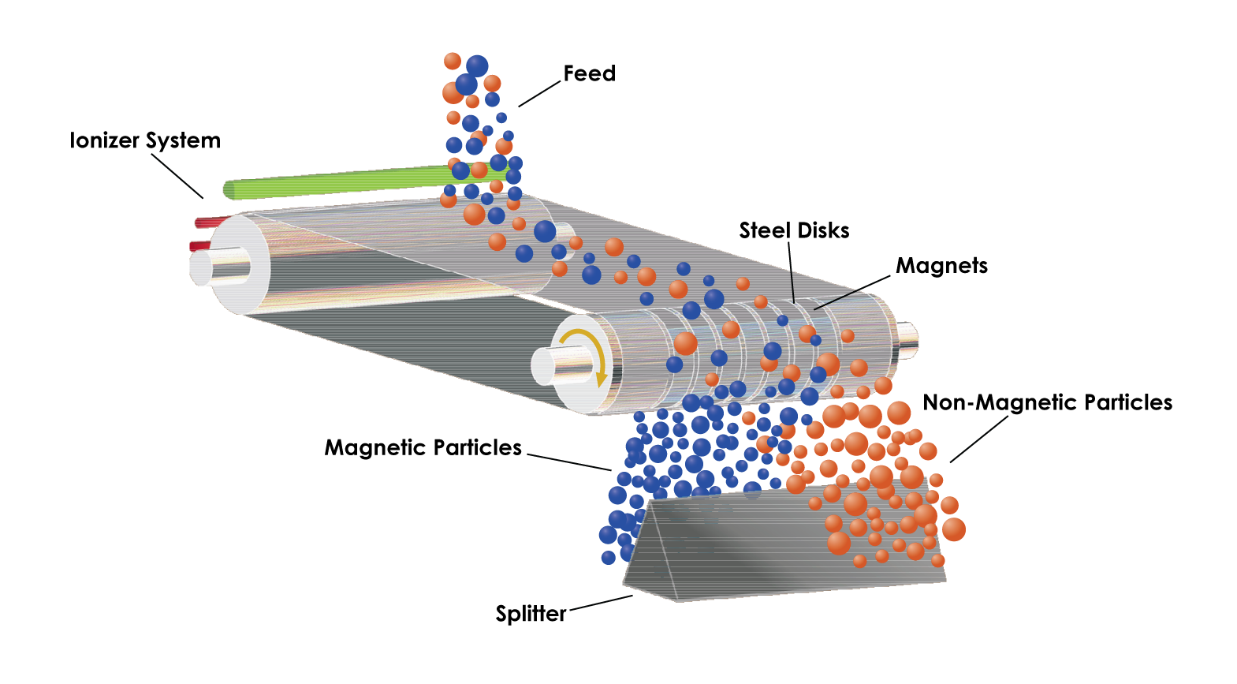
The organisation conceives and executes bespoke metal recycling infrastructures in order to accommodate the varied requirements of its clientele. These establishments are outfitted with cutting-edge equipment and processing units in order to manage ferrous and non-ferrous metals, among other metal waste streams. Developing cost-effective and efficient systems that support the circular economy is the objective.
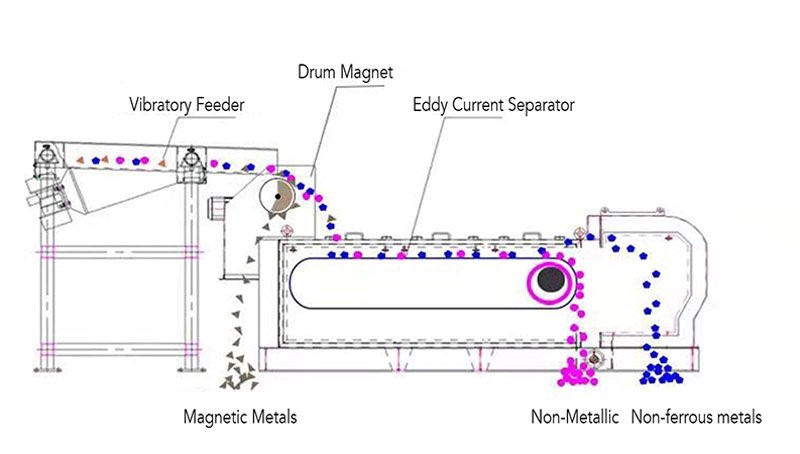
Waste Audits and Characterization
Waterman Engineers Australia evaluates the composition of metal waste streams through the implementation of waste audits. Through the characterization of metal waste into distinct forms and quantities, the organization may formulate customized recycling strategies. By employing a data-driven methodology, metal recycling facilities are refined to accommodate the particular materials that are found in the waste stream.
Environmentally conscious transportation and logistics are given precedence in the organization’s metal recycling endeavours. These measures encompass the optimization of transportation routes, the integration of fuel-efficient vehicles, and the adoption of sustainability principles as a unified logistics strategy. Waterman Engineers Australia endeavours to enhance the overall sustainability of metal recycling operations through the mitigation of transportation-related environmental impacts.
Circular Economy Integration
Waterman Engineers Australia ensures that its metal recycling services are in accordance with the circular economy principles. Through the advocacy of ongoing metal recycling and reuse, the organisation contributes to the mitigation of primary metal extraction requirements, thereby preserving energy and diminishing the ecological impact linked to the extraction, processing, and subsequent mining of virgin materials.
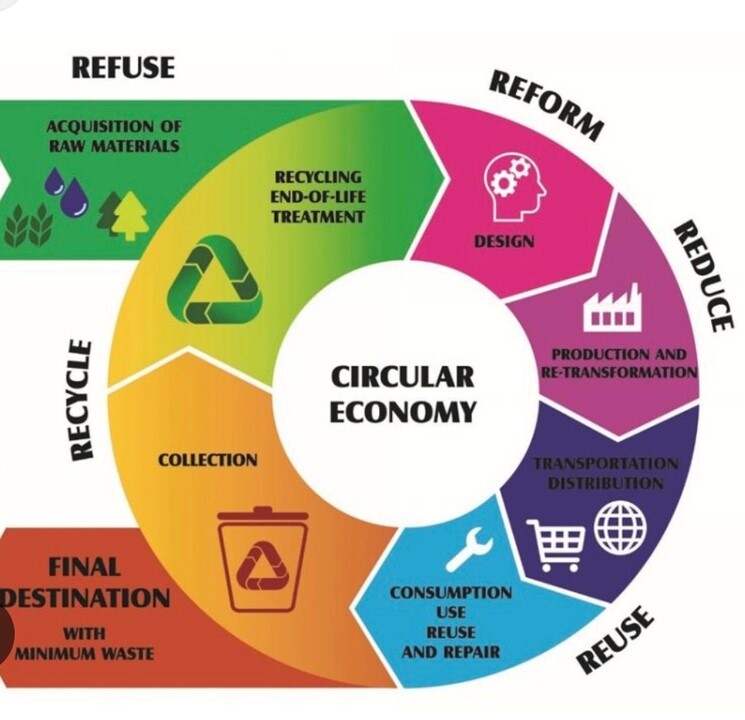
III. Glass Processing
Glass is an exceptionally recyclable substance that may be recycled indefinitely without deterioration. Nevertheless, recycling endeavours may be impeded by obstacles in glass waste management, including contamination and ineffective collecting systems. Waterman Engineers Australia is a company that focuses on delivering glass processing solutions. Our objective is to contribute to the circular economy through the optimization of glass material collection, recycling, and reuse.
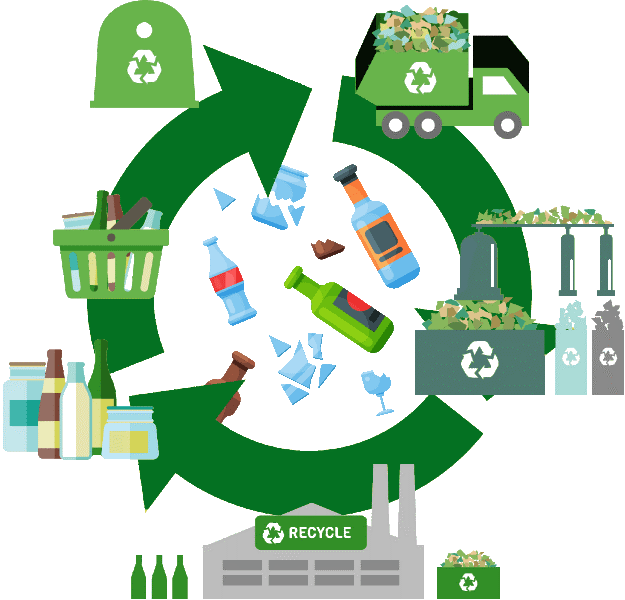
Glass Sorting Technologies
Waterman Engineers Australia equips its processing facilities with cutting-edge glass sorting systems. Various technologies, such as optical sorting systems, air classifiers, and vibrating screens, enable the effective segregation of glass according to its composition and colour. This guarantees that recycled glass satisfies quality requirements for a wide range of applications.
Integrated facilities are designed by the company to seamlessly combine glass collection and processing. The separation of collection stations and processing facilities results in a reduction in the distance that glass waste must be transported, which in turn decreases the emissions and expenses associated with it. The implementation of this unified strategy improves the overall effectiveness of glass recycling endeavours.
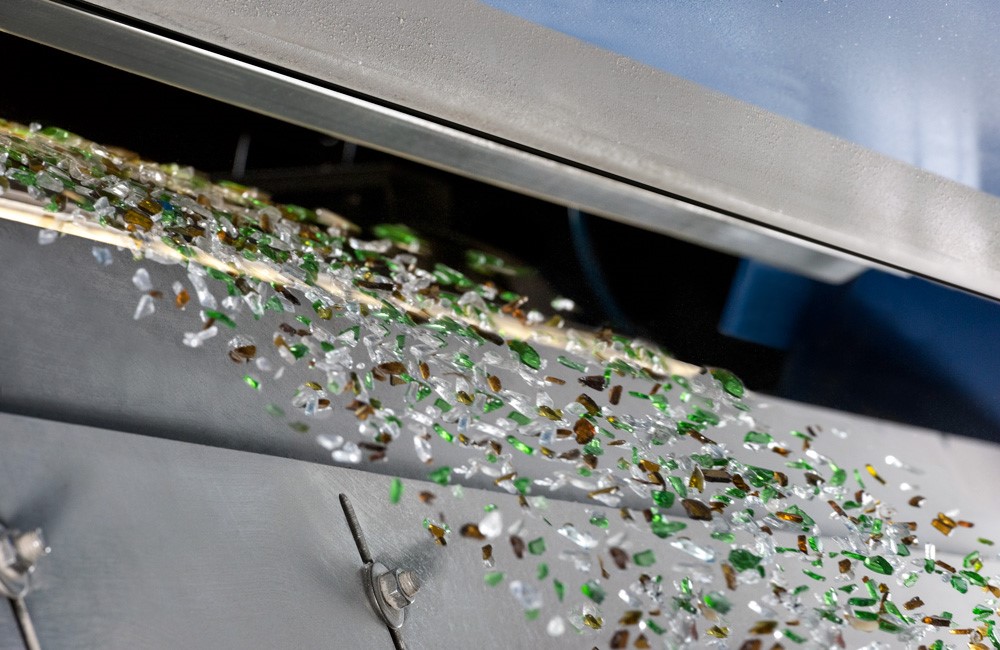
Quality Control Measures
Waterman Engineers Australia ensures that recycled glass conforms to the necessary criteria through the use of rigorous quality control techniques. By using efficient sorting and cleaning procedures, contamination is reduced, resulting in recycled glass of superior quality that may be utilized in the fabrication of new glass goods.
Collaboration with partners along the glass supply chain, including producers, recyclers, and government agencies, is a top priority for the organization. Through the facilitation of collaborative alliances, Waterman Engineers Australia actively supports the growth of an integrated and environmentally sound glass recycling system. Difficulties that may be resolved by collaborative endeavours include the standardization of glass hues and the enhancement of collection infrastructure.
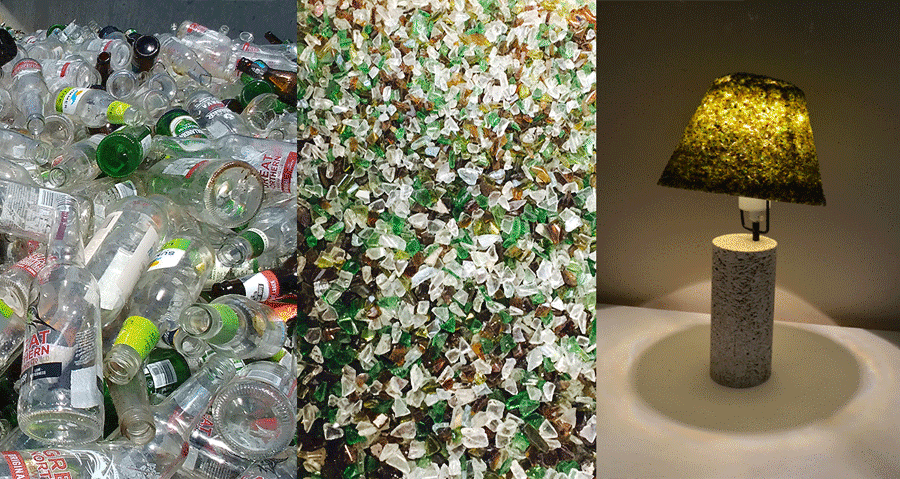
Innovative Reuse Applications
Waterman Engineers Australia investigates novel reuse solutions for recovered glass, thereby broadening its industrial potential beyond conventional processes. This may involve gardening, construction, and artistic installation uses. The company’s efforts to discover novel markets for recycled glass serve to enhance the diversity of opportunities pertaining to glass recycling.
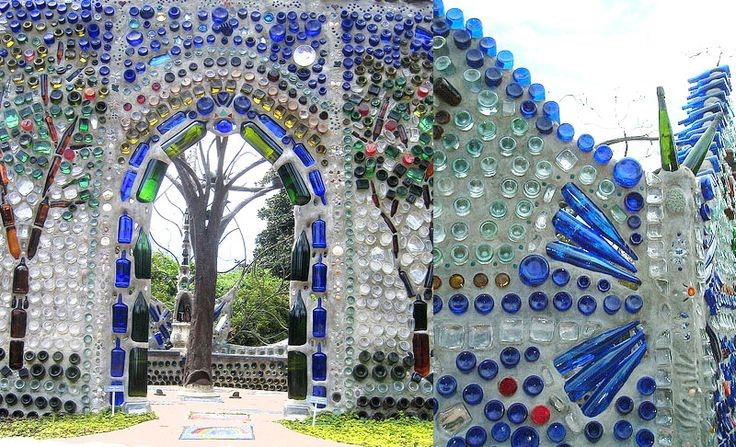
Waterman Engineers Australia employs its proficiency in organic waste composting, metal recycling, and glass processing to significantly contribute to the advancement of sustainable waste management procedures. The organization’s dedication to fostering innovation, integrating technology, and engaging with the community is consistent with worldwide initiatives to shift towards circular economies and mitigate the ecological consequences of waste.
Waterman Engineers Australia sets itself apart in the waste management industry by incorporating state-of-the-art technologies into its solutions. Technological advancements, ranging from cutting-edge sorting systems for metals and glass to sophisticated composting technologies designed for organic waste, are vital components in the pursuit of maximizing efficiency, decreasing operational expenses, and mitigating ecological repercussions.
Customized Solutions for Unique Challenges
The organization’s methodology entails customizing resolutions to suit the distinct obstacles and waste compositions of individual customers. By means of waste audits, characterization studies, and collaborative efforts, Waterman Engineers Australia fabricates bespoke facilities that effectively cater to particular requirements, so guaranteeing its clients the attainment of maximum efficacy in waste management.
With its services, Waterman Engineers Australia exhibits a robust dedication to the concepts of the circular economy. Through the advocacy of ongoing material recycling and reuse, the organization actively supports initiatives that conserve natural resources, optimize energy consumption, and mitigate the amount of waste disposed in landfills.
Community Engagement and Education
By actively engaging with communities, the organization brings attention to the significance of sustainable waste management practices. Waterman Engineers Australia engages in collaborative efforts, educational programmes, and workshops to enable enterprises and individuals to actively participate in the reduction of their environmental impact.
Waterman Engineers Australia confirms that its waste management operations are conducted in strict adherence to rigorous environmental standards and compliance obligations. As a result of the organization’s dedication to environmental stewardship, its solutions not only satiate legal requirements but also advance more extensive objectives of environmental preservation.
Waterman Engineers Australia has a steadfast dedication to sustainable waste management principles through its proficiency in organic waste composting, metal recycling, and glass processing. The company’s efforts in tackling the distinct obstacles linked to various waste streams serve to further the more extensive objectives of conserving resources, safeguarding the environment, and fostering circular economies.
4. Biomedical Waste Treatment and Chemical Waste Incineration
The proper management of biomedical waste and chemical waste is of the utmost importance in order to assure adherence to rigorous regulatory requirements, maintain public health, and protect the environment. The necessity for specialist waste treatment solutions has grown in awareness as the global community confronts the issues posed by waste produced by industrial operations and healthcare facilities. This paper examines the importance of biomedical waste treatment and chemical waste incineration, with a specific emphasis on the sophisticated services offered by Waterman Engineers Australia in these fields. Through an examination of Waterman Engineers Australia’s proficiency in incineration technology, our objective is to get insight into the organization’s role in promoting sustainable waste management methods.
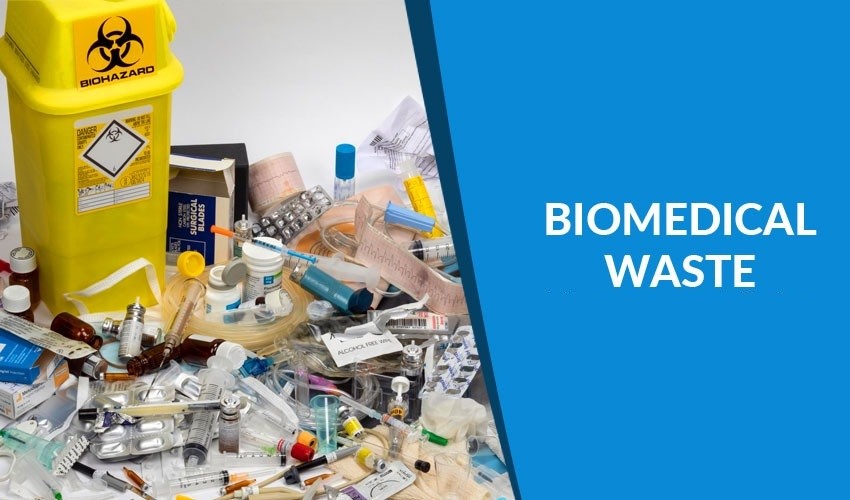
Biomedical Waste Treatment
Biomedical waste, which is also known as medical waste, comprises an extensive variety of substances produced in the course of healthcare operations. Improper treatment and disposal of these materials may result in significant environmental problems and poses a danger to human health. Incineration has gained significant traction as a biomedical waste treatment process due to its efficacy and dependability in destroying dangerous and infectious substances. Waterman Engineers Australia is an organization that specializes in delivering customized incineration systems for the management of biomedical waste.
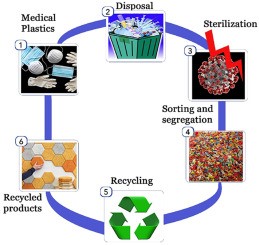
Advanced Incineration Technologies
Waterman Engineers Australia utilizes cutting-edge incineration systems that are specifically engineered to handle the treatment of biomedical waste. Air pollution control devices, high-temperature incinerators with regulated burners, and secondary combustion chambers are among these technologies. The objective is to completely eradicate any pathogens or dangerous components that may be found in biomedical waste.
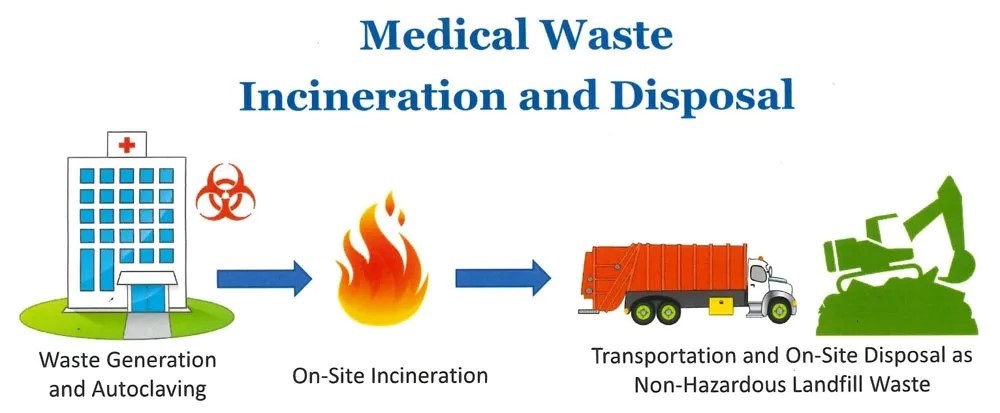
Customized Incineration Facilities
The organization conceptualizes and executes bespoke incineration infrastructure to accommodate the particular requirements of laboratories, healthcare facilities, and biomedical waste producers. Technologically advanced incinerators, automated loading systems, and emission control mechanisms are present in these plants. By tailoring the incineration process to the specific waste qualities and amount of each client, customization is achieved.
The primary focus of Waterman Engineers Australia’s biomedical waste incineration systems is the management of air quality and emission control. The use of sophisticated air pollution control mechanisms, including scrubbers and filters, guarantees the reduction of detrimental emissions and the preservation of adherence to environmental regulations. Ensuring this dedication to air quality management is critical in safeguarding public health and the environment.’
Compliance with Regulatory Standards
The treatment of biomedical waste is governed by rigorous regulatory criteria in order to safeguard the environment and avoid the transmission of infections. Waterman Engineers Australia guarantees adherence to both domestic and international requirements pertaining to the treatment of biomedical waste at its incineration plants. Adherence to these criteria is an absolute necessity in order to ensure the secure and conscientious disposal of medical waste.
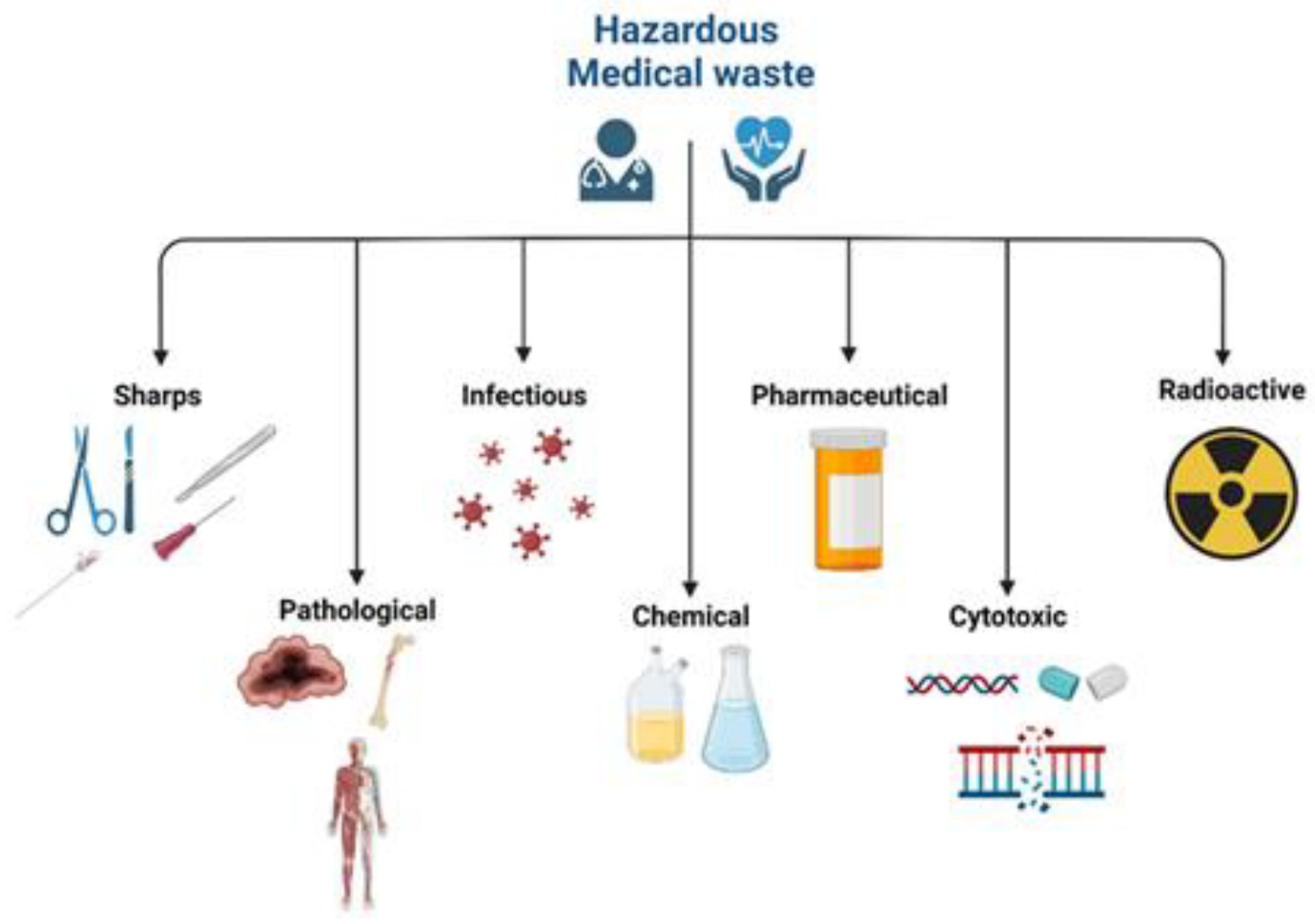
The organization regularly participates in community safety and awareness campaigns about the treatment of biomedical waste. Waterman Engineers Australia actively engages in efforts such as outreach programmes, educational workshops, and training sessions to enhance public consciousness of the critical nature of appropriate biomedical waste disposal. Active participation from the community is vital for guaranteeing the secure management of medical waste at its origin.
Chemical Waste Incineration
The treatment of solid and liquid chemical waste presents distinct difficulties as a result of the wide variety of hazardous compounds produced during industrial operations. Incineration of chemical waste is a specialized process that eliminates and neutralizes dangerous substances, thereby preventing their discharge into the environment. Waterman Engineers Australia provides sophisticated solutions pertaining to the incineration of chemical waste, with a particular focus on ensuring safety, efficiency, and adherence to regulatory requirements.
Solid Chemical Waste Incineration
Waterman Engineers Australia is an organization that focuses on the incineration of solid chemical waste, hence resolving the various difficulties that arise during the disposal of hazardous substances. The controlled combustion chambers utilized in the organization’s incineration facilities are specifically engineered to manage an extensive variety of solid chemical waste materials. Solid solids including hazardous chemicals, laboratory waste, and industrial wastes are encompassed within this category.
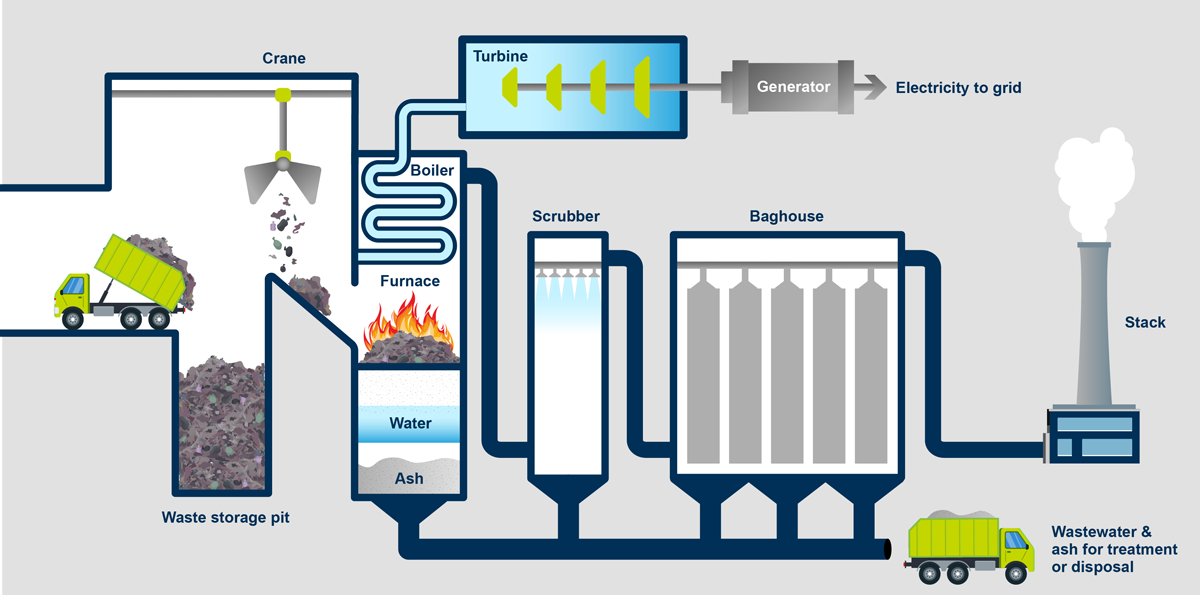
Liquid Chemical Waste Incineration
The organization expands its proficiency to include the incineration of liquid chemical waste, acknowledging the imperative to tackle the obstacles presented by perilous liquids. Waterman Engineers Australia maintains facilities that are outfitted with state-of-the-art incinerators designed to facilitate the secure and effective incineration of liquid chemical waste. By neutralizing liquid compounds in this manner, the risk of environmental contamination is effectively mitigated.
High-Temperature Incineration
Waterman Engineers Australia treats chemical waste through the treatment of high-temperature incineration technology. The process of completely destroying complicated chemical molecules requires extremely high temperatures. By maintaining the proper temperatures, the controlled burners and combustion chambers of the incinerators provide a dependable and efficient approach for chemical waste treatment.
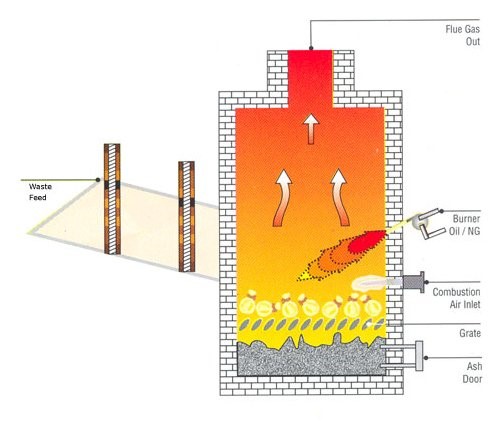
Waste-to-Energy Integration
Waterman Engineers Australia incorporates waste to energy (WTE) concepts into their chemical waste incineration systems, hence adhering to sustainable standards. The energy produced during the incineration procedure can be utilized for a multitude of purposes, hence enhancing energy efficiency and diminishing dependence on traditional energy sources. This strategy, which serves two purposes, is consistent with the tenets of a circular economy.
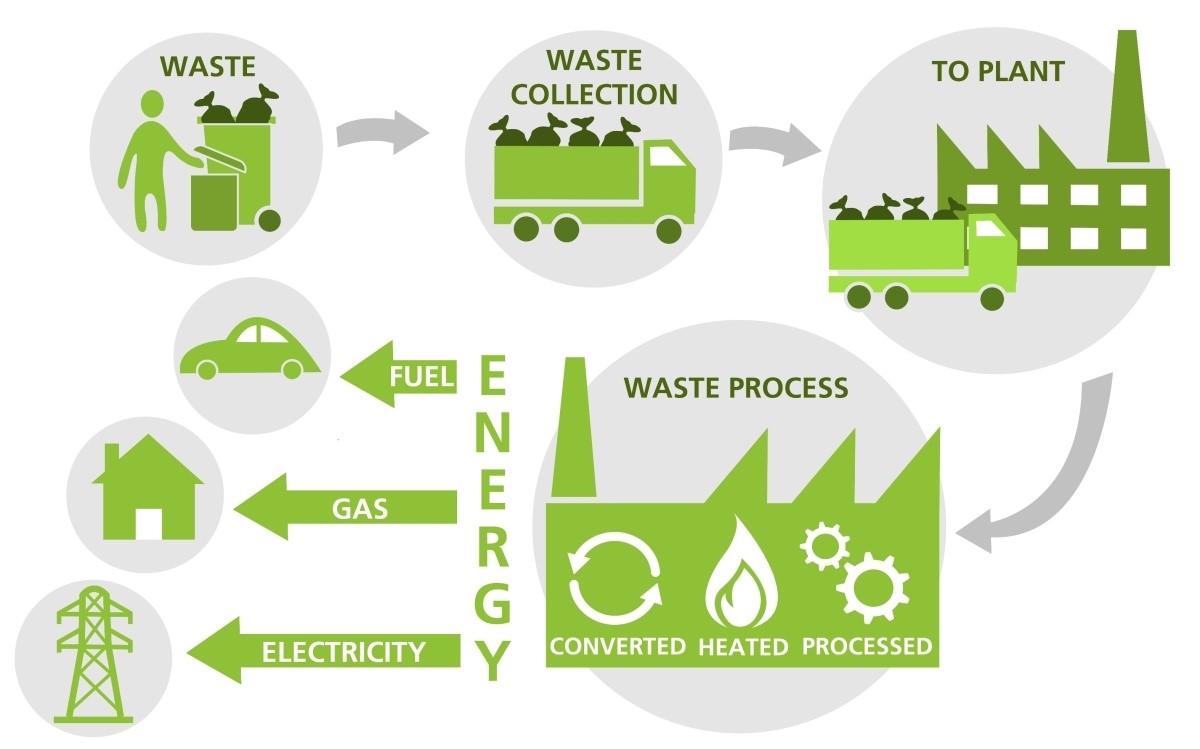
Continuous emission monitoring is a critical focus for Waterman Engineers Australia throughout the process of chemical waste incineration. By integrating sophisticated monitoring systems into the facilities, emissions are tracked and regulated to ensure that the incineration process adheres to stringent environmental regulations. The organization’s attention to environmental stewardship is represented by its ongoing monitoring effort.
The biomedical waste treatment and chemical waste incineration services provided by Waterman Engineers Australia are in accordance with the organization’s fundamental principle of sustainable waste management. The subsequent elements underscore the organization’s contribution to environmental stewardship and the secure treatment of hazardous waste streams.
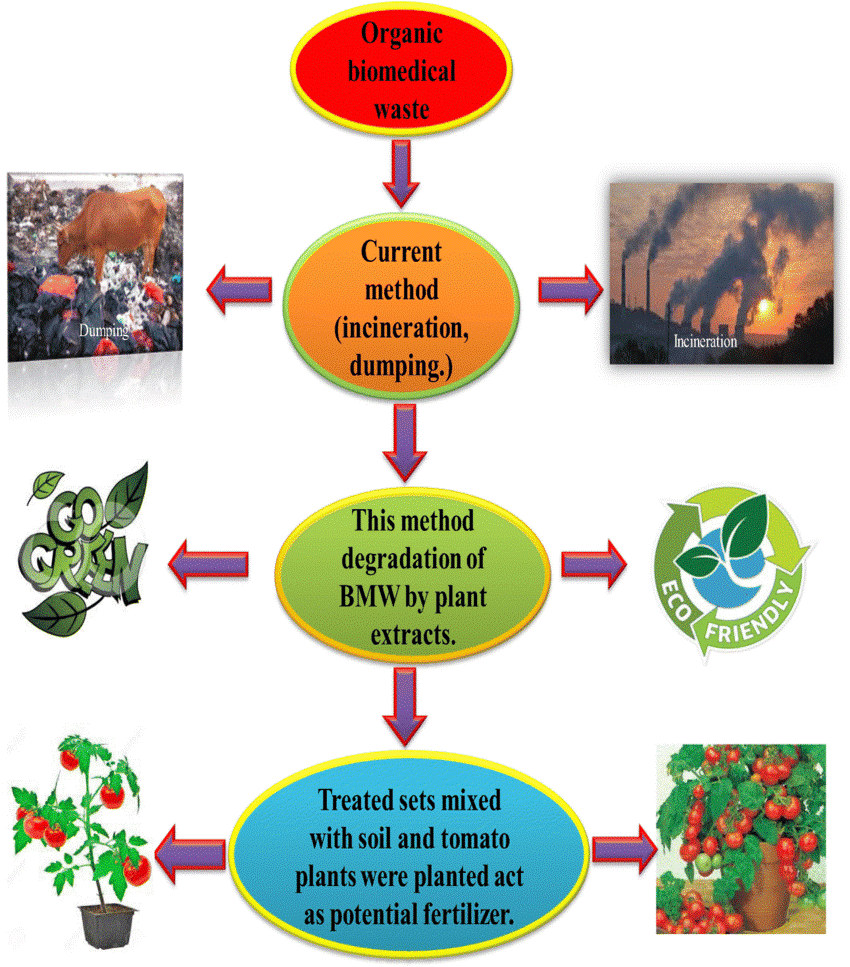
Innovation and Technology Integration
Waterman Engineers Australia sets itself apart from its competitors by incorporating cutting-edge technologies into its waste treatment systems. The organization utilizes technological advances, such as high-temperature combustion processes and advanced incineration technologies, to maximize efficiency and minimize the ecological consequences of waste treatment activities.
The methodology employed by the organization entails the adaptation of waste treatment facilities to accommodate the unique attributes of various waste streams. By customizing the incineration process to suit the distinct characteristics of biomedical waste and chemical waste, this approach effectively tackles the obstacles presented by the varying compositions and materials involved.
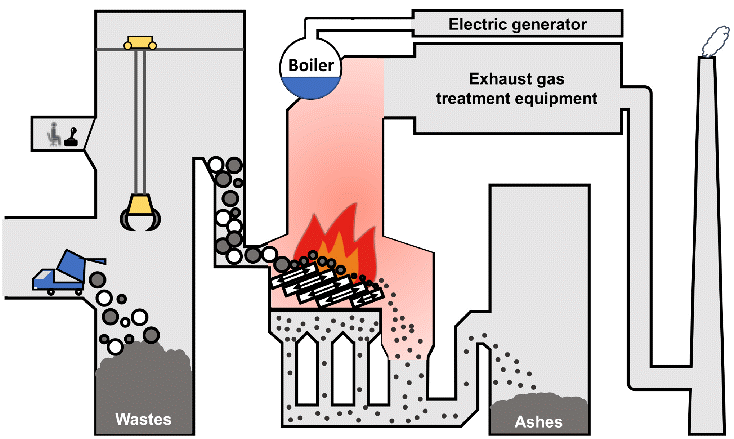
Environmental Compliance and Safety
Environmental compliance and safety are of the utmost importance to Waterman Engineers Australia in all aspect of its waste treatment operations. The treatment of biomedical waste and chemical waste is governed by rigorous regulatory standards at the company’s facilities. This dedication guarantees that waste is managed in a responsible manner, thereby averting environmental and public health damage.
Waste-to-Energy Integration for Sustainability
Waterman Engineers Australia demonstrates its commitment to sustainability by the incorporation of waste-to-energy principles into the solutions it provides for waste treatment. The conversion of waste into energy serves to optimize resource utilization and is in accordance with the overarching objectives of sustainability. By employing this dual-benefit strategy, the organization demonstrates its dedication to mitigating ecological harm.
Community Engagement and Awareness
By actively engaging with communities, the firm raises awareness regarding the criticality of implementing appropriate waste treatment techniques. Waterman Engineers Australia promotes awareness on the criticality of appropriate waste management by means of community safety programmes, educational activities, and up-front communication. This method that prioritizes the community helps foster a sense of environmental stewardship among society.
In summary, the dedication of Waterman Engineers Australia to the promotion of sustainable waste management techniques is exemplified by its proficiency in biomedical waste treatment and chemical waste incineration. The company effectively tackles the distinct obstacles presented by hazardous waste streams through its specialization in incineration technology. In doing so, it makes a positive impact on public health, environmental preservation, and adherence to legal requirements.
5. Plastic Waste Recycling and Sustainable Treatment of Wood, Cardboard, and Paper
As environmental concerns continue to escalate, the effective management of diverse waste streams has emerged as a critical challenge. Plastic waste, specifically, presents a substantial obstacle on account of its enduring presence in ecosystems and detrimental effects. In addition, creative approaches are required for the treatment of wood, cardboard, and paper waste in order to reduce environmental harm and advance sustainability. This paper examines the innovative plastic waste recycling services offered by Waterman Engineers Australia, with a particular focus on the sustainable management of wood, cardboard, and paper waste, and plasma pyrolysis technology.
Plastic Waste Recycling
The issue of plastic pollution has become a worldwide environmental predicament, wherein substantial quantities of plastic waste have detrimental effects on marine life, ecosystems, and human health. Conventional methods of waste disposal, including landfilling and incineration, are significant contributors to the degradation of the environment and the depletion of natural resources. Waterman Engineers Australia tackles this issue by implementing sophisticated plastic waste recycling solutions, which center on plasma pyrolysis technology—a pioneering methodology that transforms plastic waste into useful resources—as an example.
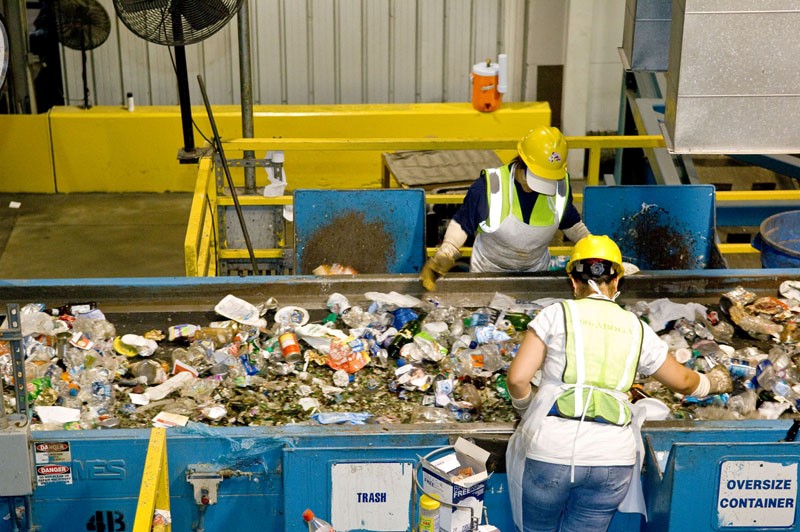
Plasma Pyrolysis Technology
Waterman Engineers Australia possesses expertise in the application of plasma pyrolysis technology to facilitate the recycling of plastic waste. Plasma pyrolysis is a process in which plastic waste is exposed to plasma at elevated temperatures, which decomposes the intricate polymers into more basic hydrocarbons. By operating in an oxygen-free environment, this procedure effectively inhibits the generation of detrimental by-products that are frequently generated during conventional incineration techniques.
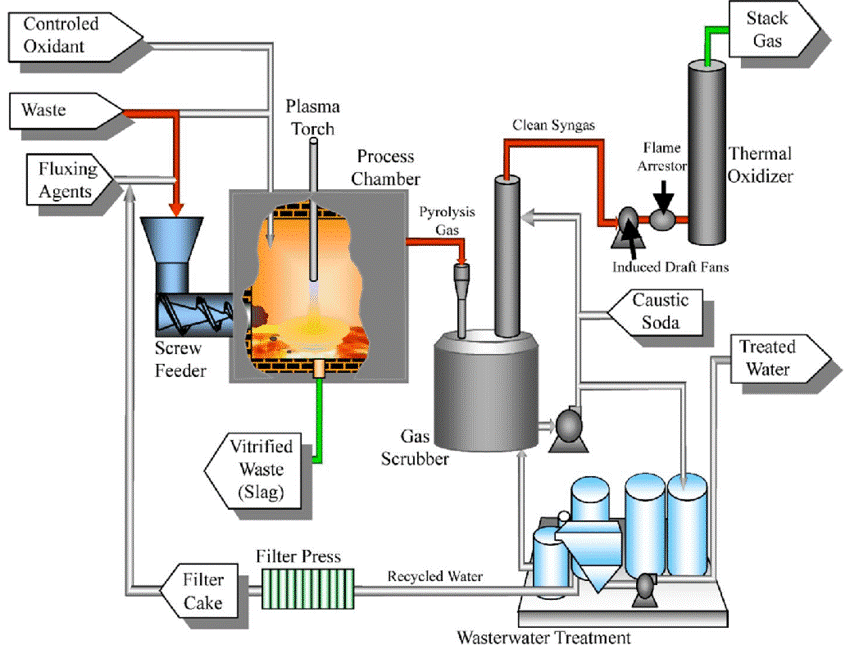
Conversion of Plastic into Oil and Gas
Plasma pyrolysis is distinguished by its capacity to transform plastic waste into useful resources, namely gas and oil. The hydrocarbons generated as a result of pyrolysis may be processed into synthetic oil or converted into an energy source. By adopting this strategy, one not only mitigates the problem of plastic waste but also makes a positive contribution towards reducing reliance on fossil fuels.
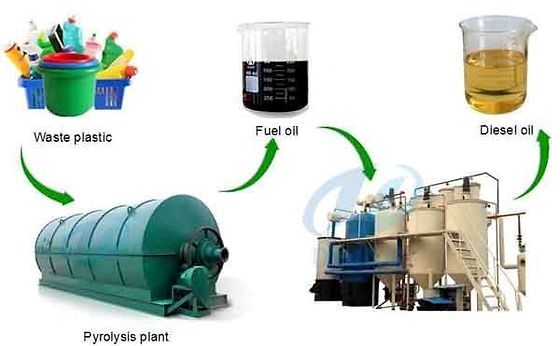
Environmental Benefits
The environmental sustainability standpoint is consistent with Waterman Engineers Australia’s dedication to plasma pyrolysis technology as a means of recycling plastic waste. The reduction of air pollution and carbon footprint related with plastic waste treatment is achieved by the technology’s avoidance of harmful pollutant emissions that are characteristic of conventional incineration methods. This furthers the cause of environmental cleanliness and reduces the detrimental effects of plastic pollution on ecosystems.
Circular Economy Principles
The implementation of plasma pyrolysis technology signifies Waterman Engineers Australia’s commitment to the principles of the circular economy. The company proactively engages in the process of plastic waste conversion into valuable resources, thereby contributing to the closure of the plastic manufacturing and disposal cycle. By minimizing the demand for virgin resources, this strategy supports a circular economy in which waste materials are regarded as important inputs for new processes.
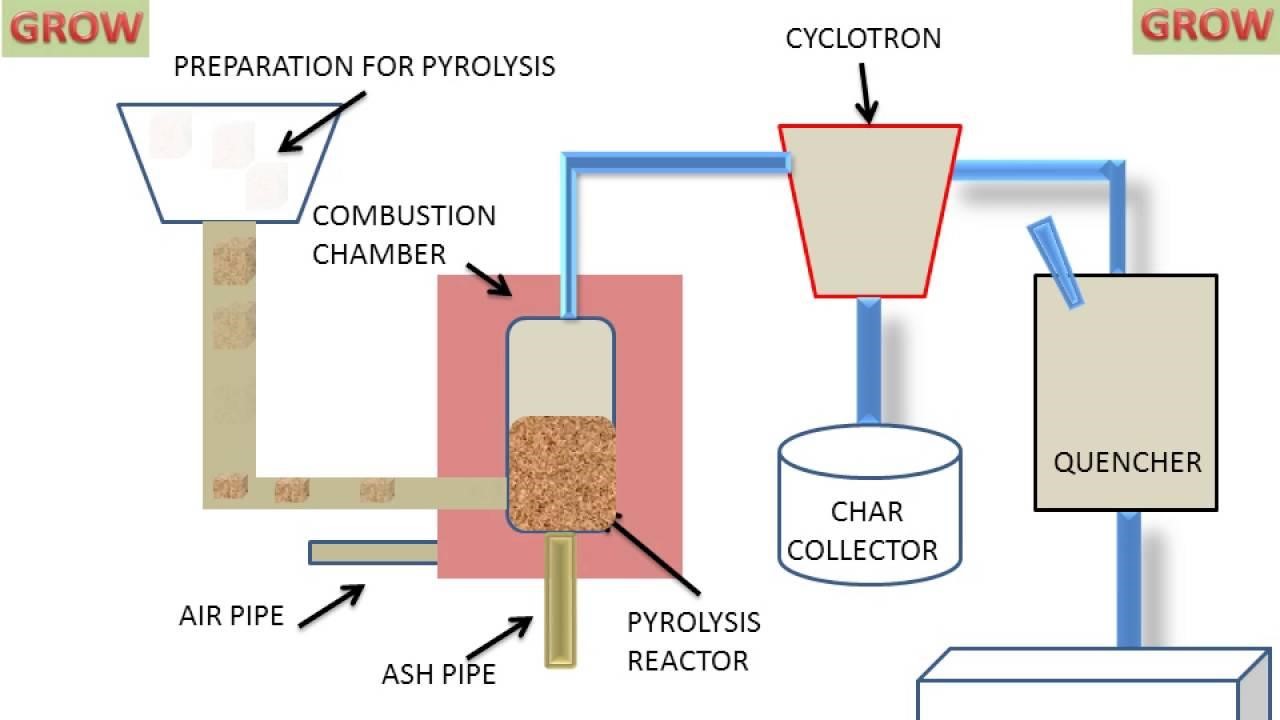
Customized Solutions
In light of the wide variety of plastic waste streams, Waterman Engineers Australia offers clients individualized solutions that are precisely designed to meet their requirements. The company creates and implements plastic waste recycling systems that maximize resource recovery and efficiency, regardless of whether it is packaging materials, single-use plastics, or industrial plastics.
Wood, Cardboard, and Paper Treatment
Paper, cardboard, and wood scraps are typical byproducts of everyday life and numerous industries. The task at hand is to manage these materials in a way that ensures resource conservation, waste reduction, and the advancement of sustainability. Waterman Engineers Australia, with an emphasis on recycling and resource recovery, provides creative solutions for the sustainable treatment of paper, cardboard, and wood waste.

Wood Waste Recycling
Wood waste that is produced as a result of building, furniture production, and other sources is capable of being recycled in an efficient manner, hence reducing its ecological footprint. The scope of work for Waterman Engineers Australia encompasses the conceptualization and execution of wood recycling infrastructure. These establishments utilize sophisticated sorting and processing technology in order to distinguish pure wood from impurities, so enabling the manufacturing of wood products that have been recycled.
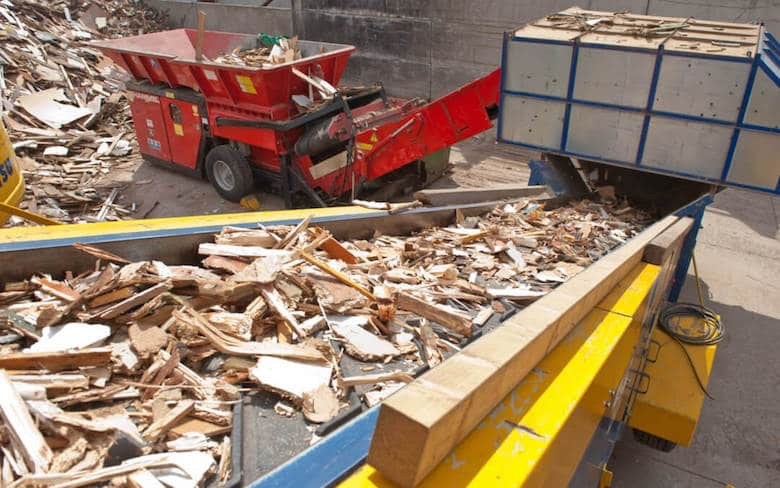
Cardboard and Paper Recycling
Waterman Engineers Australia actively supports the circular economy through the provision of all-encompassing solutions pertaining to the recycling of cardboard and paper. The organization conceives of recycling facilities that are outfitted with cutting-edge machinery, including shredders, pulpers, and sorting systems. By means of these procedures, paper and cardboard byproducts are converted into recycled pulp, which is then utilized in the waste of fresh paper and cardboard goods.

Resource Recovery and Circular Economy
The focus on resource recovery in the treatment of wood, cardboard, and paper is consistent with the tenets of the circular economy. The services of Waterman Engineers Australia are designed to minimize the demand for virgin resources by maximizing the reuse of components from these waste streams. The corporation demonstrates its commitment to the sustainability of sectors dependent on wood, cardboard, and paper products through its advocacy for resource recovery.
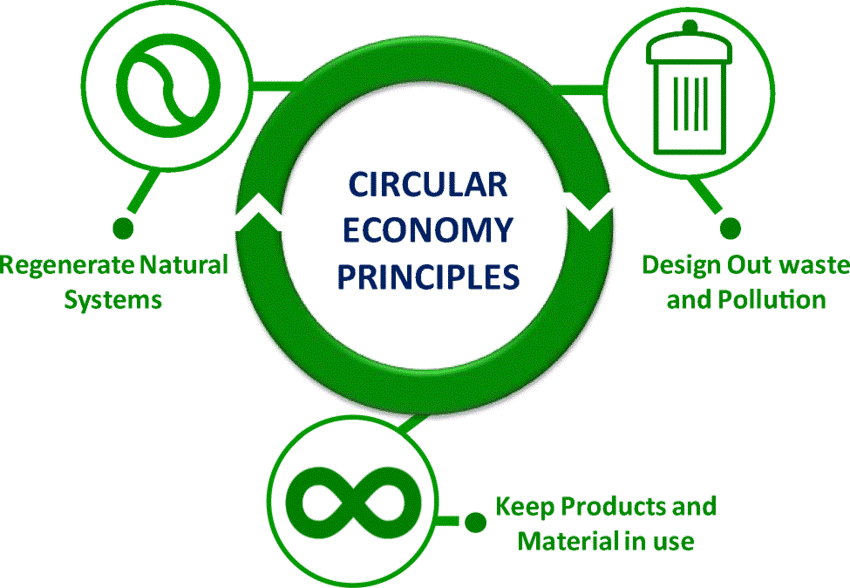
Waste-to-Energy Integration
Waste to energy (WTE) integration for wood waste is investigated by Waterman Engineers Australia in specific situations when recycling may not be viable. By employing wood waste as a feedstock for energy generation, this practice promotes the development of sustainable energy sources. The utilization of energy derived from wood waste by the organization ensures that its operations are in line with more extensive objectives of renewable energy and resource efficiency.
Waterman Engineers Australia acknowledges the significance of stakeholder engagement throughout the paper, cardboard, and wood supply chains. The organization cultivates collaborations with manufacturers, recyclers, and regulatory entities in order to promote sustainable and effective practices for the treatment of wood, cardboard, and paper waste. The growth of a unified recycling ecosystem is facilitated by collaborative endeavours.
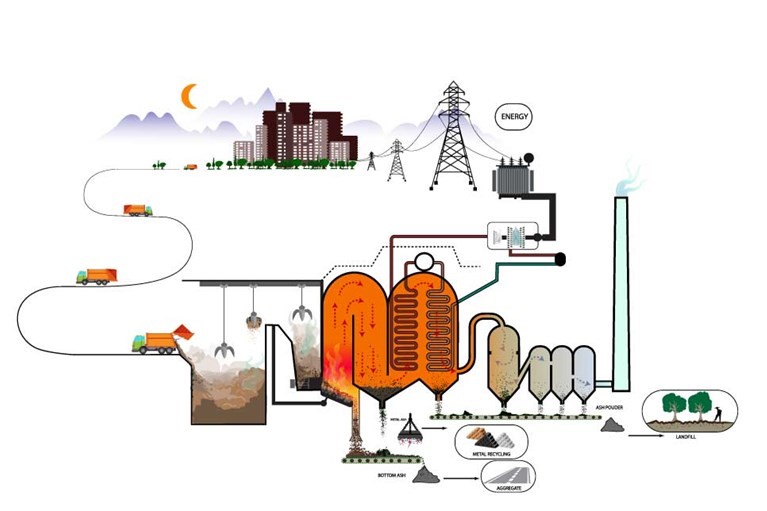
Waterman Engineers Australia demonstrates its dedication to promoting sustainable waste management methods by its offerings, which include the sustainable treatment of wood, cardboard, and paper waste, as well as the recycling of plastic waste via plasma pyrolysis. The company’s contribution to a future that is more resource-efficient and environmentally conscientious is underscored by the subsequent elements.
Innovation and Technology Integration
Waterman Engineers Australia is characterized by the incorporation of cutting-edge technologies into the solutions it provides for waste management. The recycling of plasma pyrolysis technology to recycle plastic waste demonstrates the organization’s dedication to employing state-of-the-art advancements in order to tackle ecological obstacles. The company’s commitment to sustainable and effective waste treatment is further exemplified through its utilization of sophisticated sorting and processing technology in the recycling of wood, cardboard, and paper.
Circular Economy Principles
Circular economy ideas are actively promoted by the organization through its offerings. Waterman Engineers Australia actively participates in the implementation of circular material flows by maximizing resource recovery in the treatment of wood, cardboard, and paper waste and transforming plastic waste into useful resources via plasma pyrolysis. This methodology is consistent with international endeavours to shift towards an economic framework that is both sustainable and regenerative.
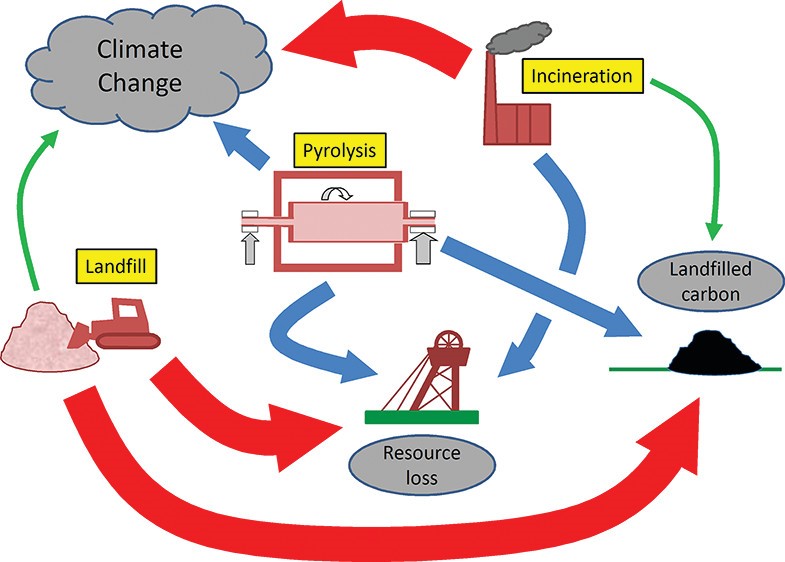
Environmental Responsibility
Waterman Engineers Australia ensures that its waste management processes consistently priorities environmental responsibility. The implementation of environmentally friendly technologies and procedures, such plasma pyrolysis for plastic waste, demonstrates the organization’s commitment to preserving ecosystems and diminishing the carbon footprint linked to waste treatment.
Customized Solutions for Diverse Waste Streams
In order to effectively manage the distinct issues presented by plastic, wood, cardboard, and paper waste streams, Waterman Engineers Australia offers individualized solutions that are tailored to their specific characteristics. By customizing waste treatment facilities to the particular attributes of distinct waste streams, the organization guarantees maximum resource recovery and efficiency.
Waste-to-Energy Integration for Sustainability
Waterman Engineers Australia is an advocate of the waste-to-energy concept in specific waste treatment situations. The company’s investigation into the feasibility of producing electricity from wood waste represents a contribution towards sustainable energy generation. By serving a dual purpose, this technique not only resolves issues pertaining to waste management but also corresponds with wider sustainability goals including renewable energy and energy efficiency.
In summary, Waterman Engineers Australia demonstrates a dedication to eco-responsibility, innovation, and the progression of circular economy principles by employing sustainable practices such as plasma pyrolysis for plastic waste recycling and sustainable treatment of wood, cardboard, and paper waste. The organization’s leadership in waste management is cemented by its implementation of state-of-the-art technology, adaptability to various waste streams, and emphasis on resource recovery.
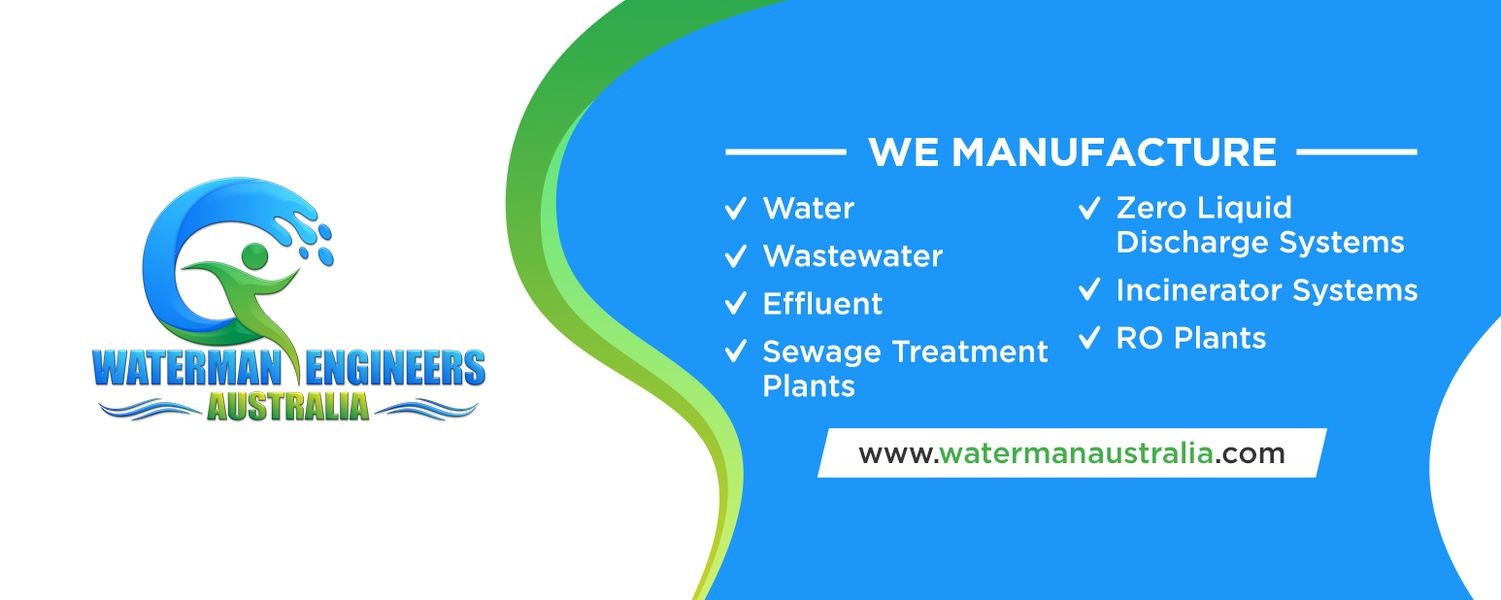
In light of the worldwide predicaments pertaining to waste production and ecological degradation, Waterman Engineers Australia’s solutions facilitate the establishment of a future that is both sustainable and resilient. The organization enhances resource efficiency, environmental conservation, and the implementation of circular material flows through its efforts to promote sustainable treatment of wood, cardboard, and paper waste, as well as tackle the intricate challenges related with plastic pollution. By means of ongoing innovation, active involvement in the community, and a steadfast commitment to sustainability, Waterman Engineers Australia significantly influences the development of a more conscientious and ecologically aware methodology towards waste management.

